-
 © BMW
© BMW -
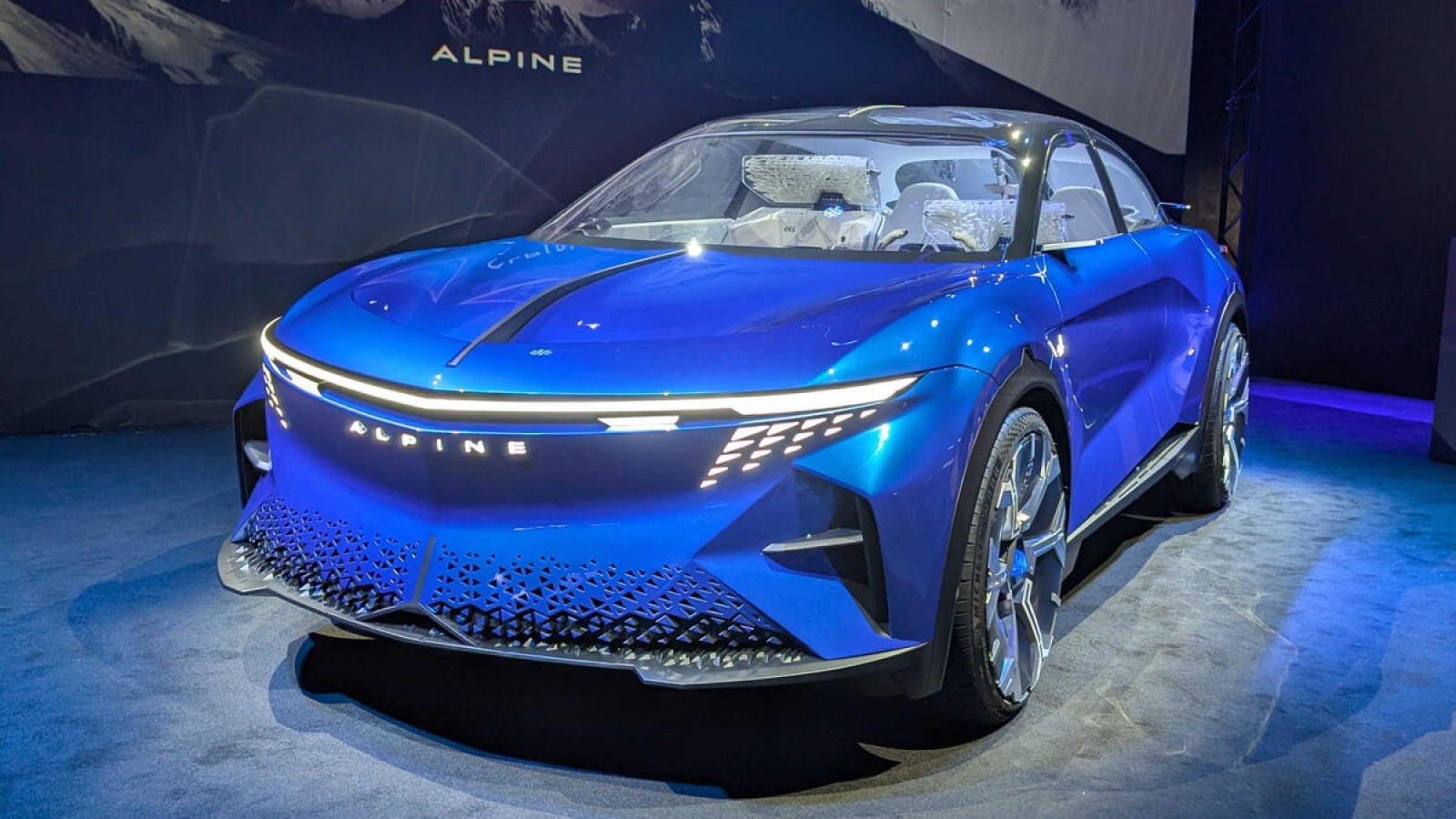 © Haymarket Media
© Haymarket Media -
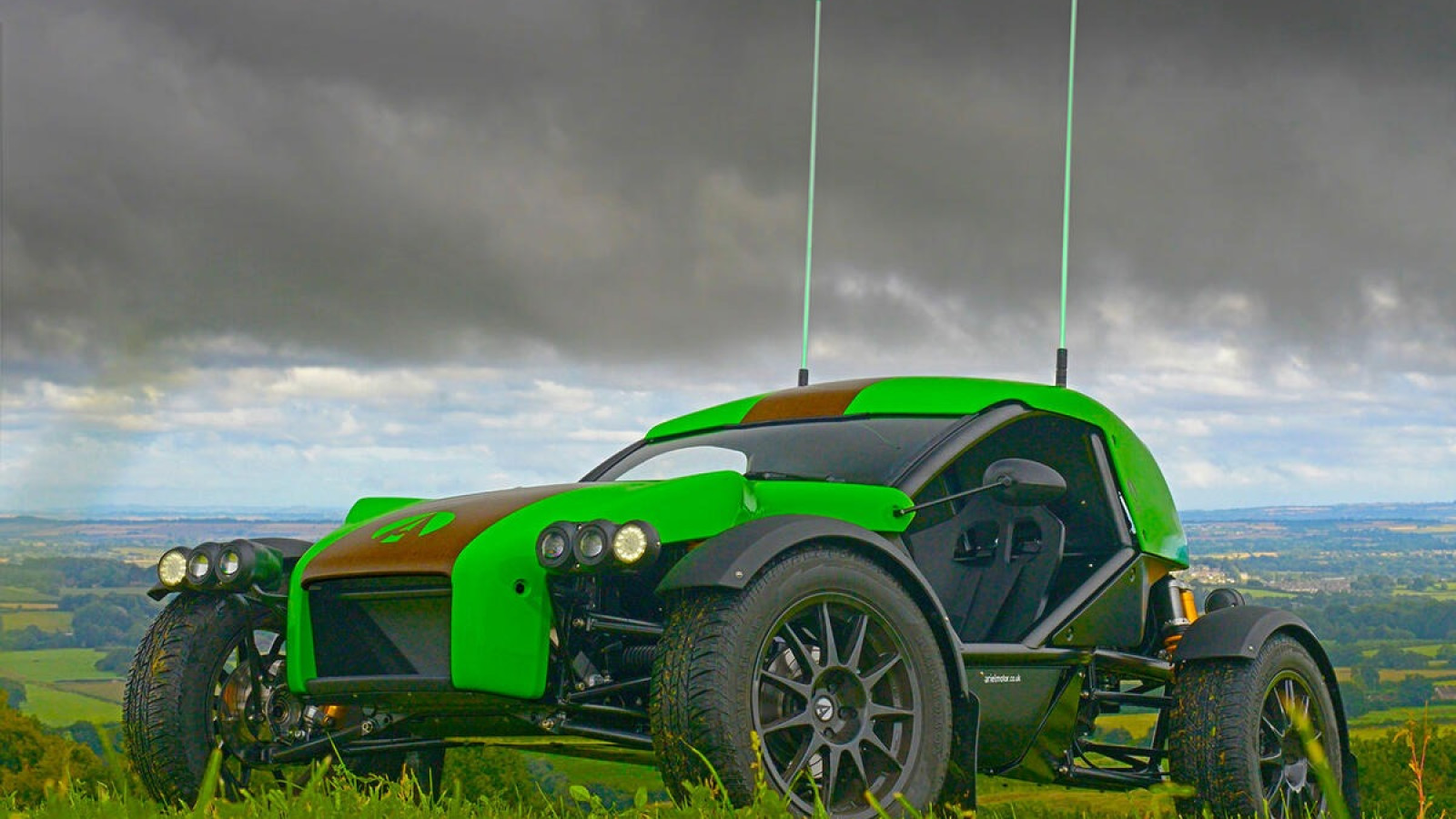 © Ariel
© Ariel -
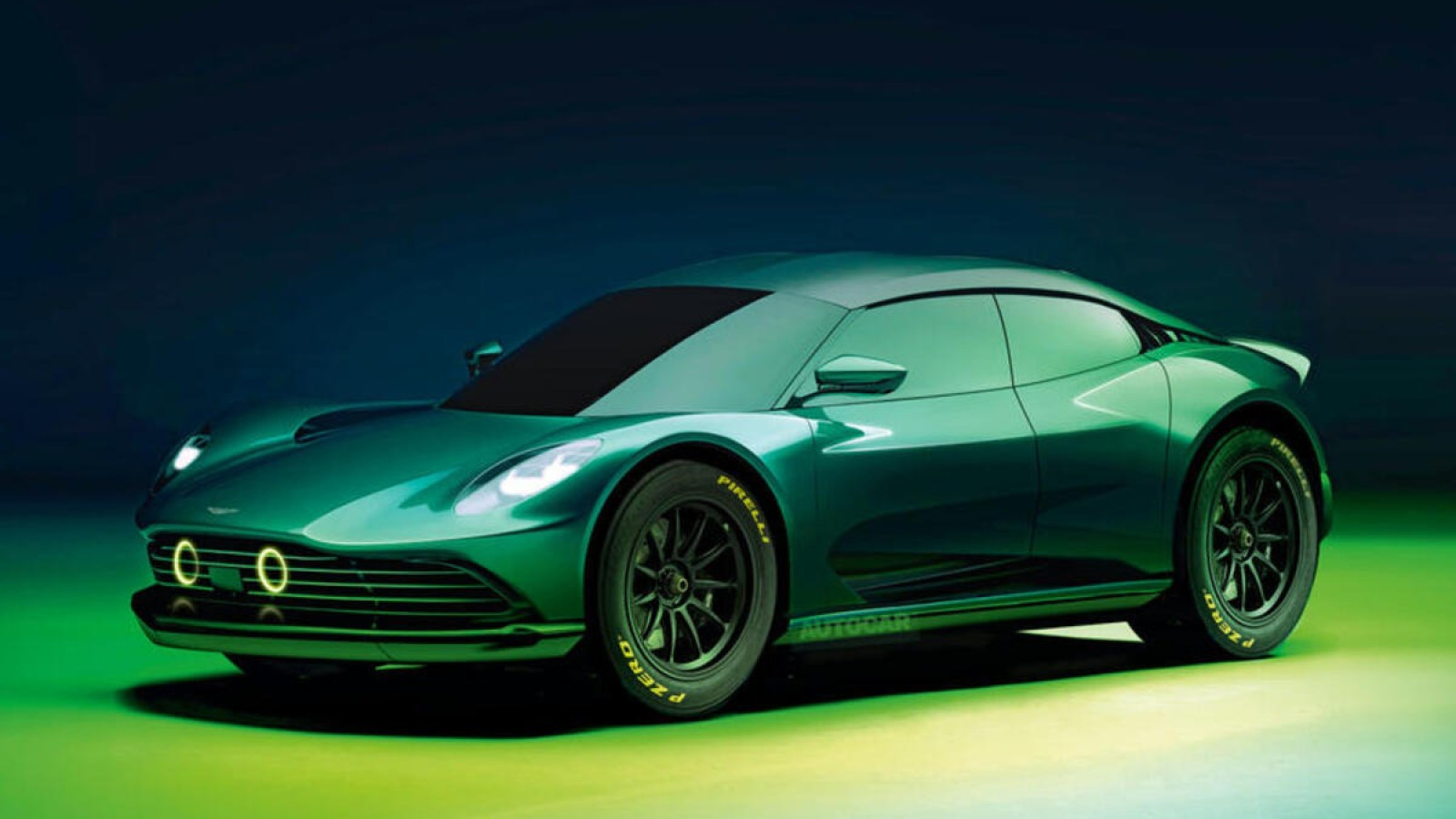 © Haymarket Media
© Haymarket Media -
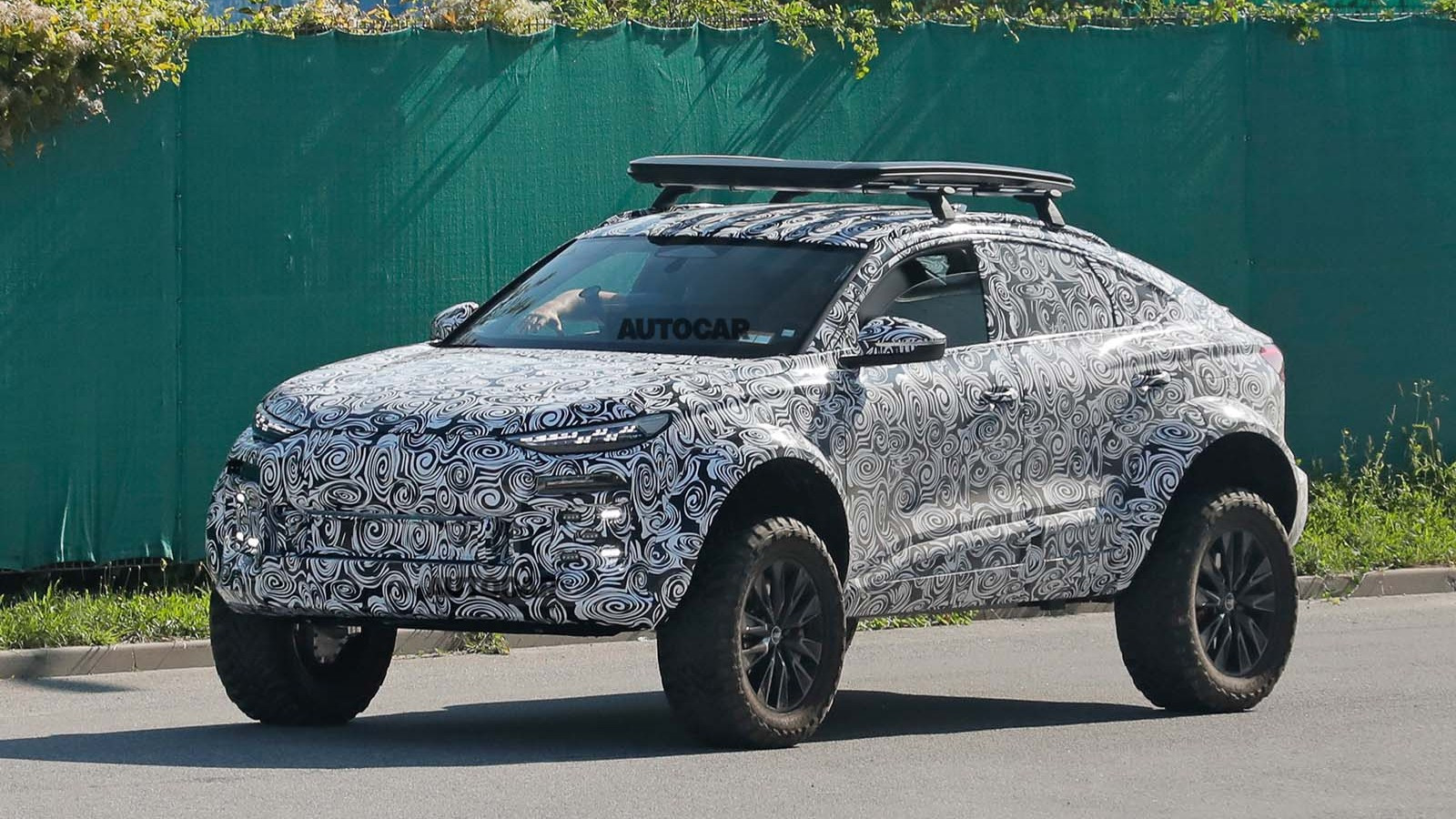 © Haymarket Media
© Haymarket Media -
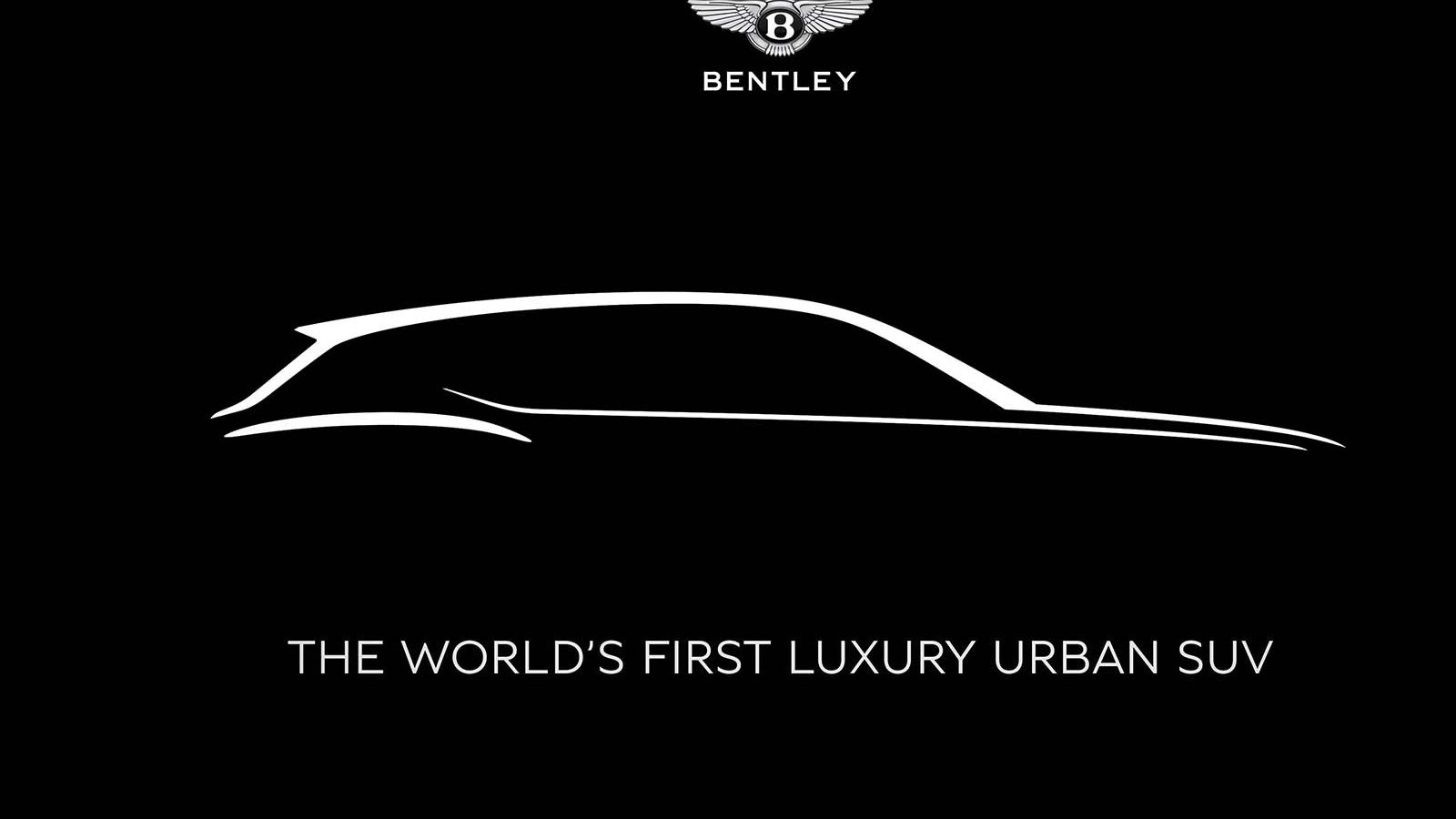 © Bentley
© Bentley -
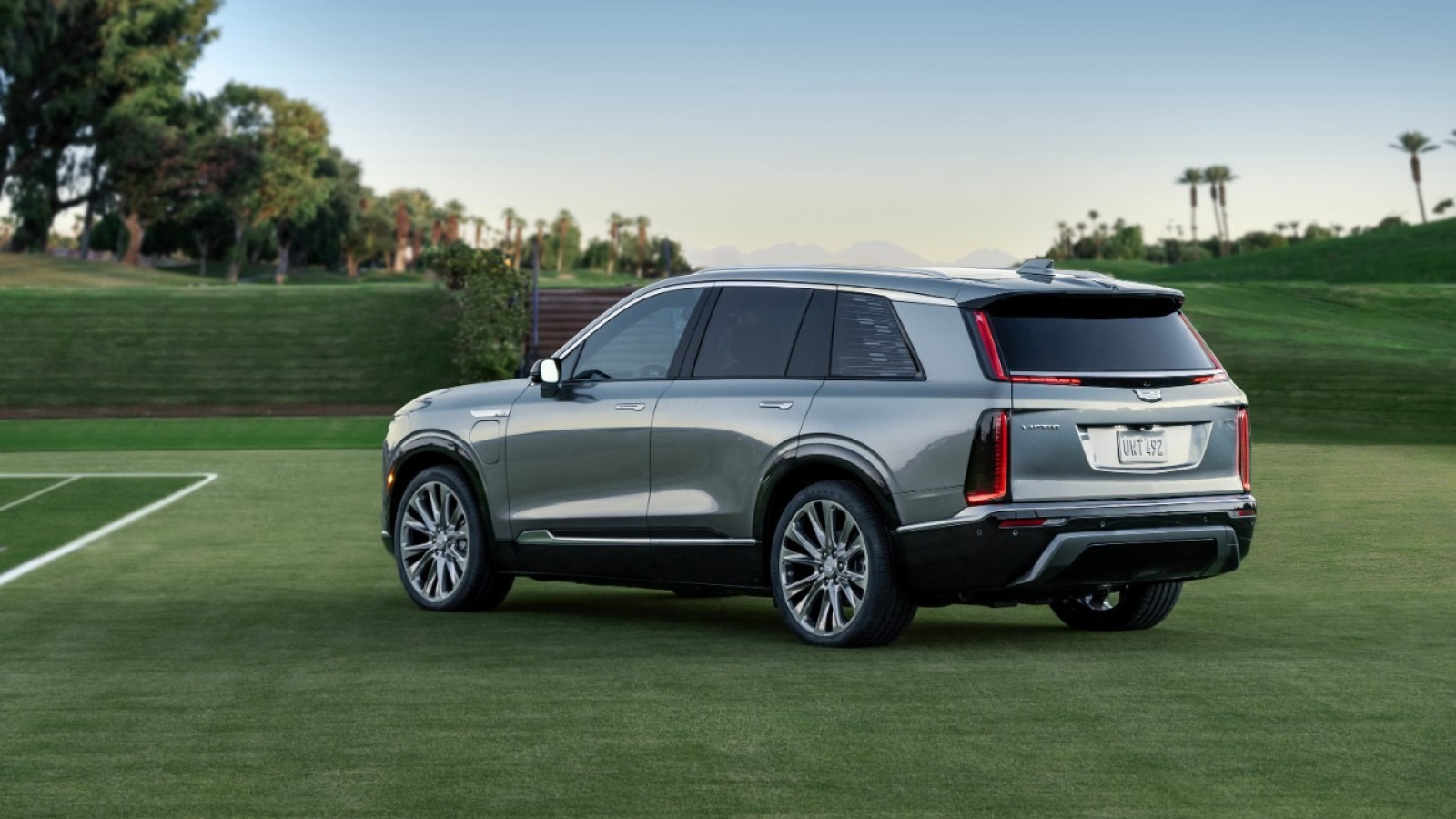 © Cadillac
© Cadillac -
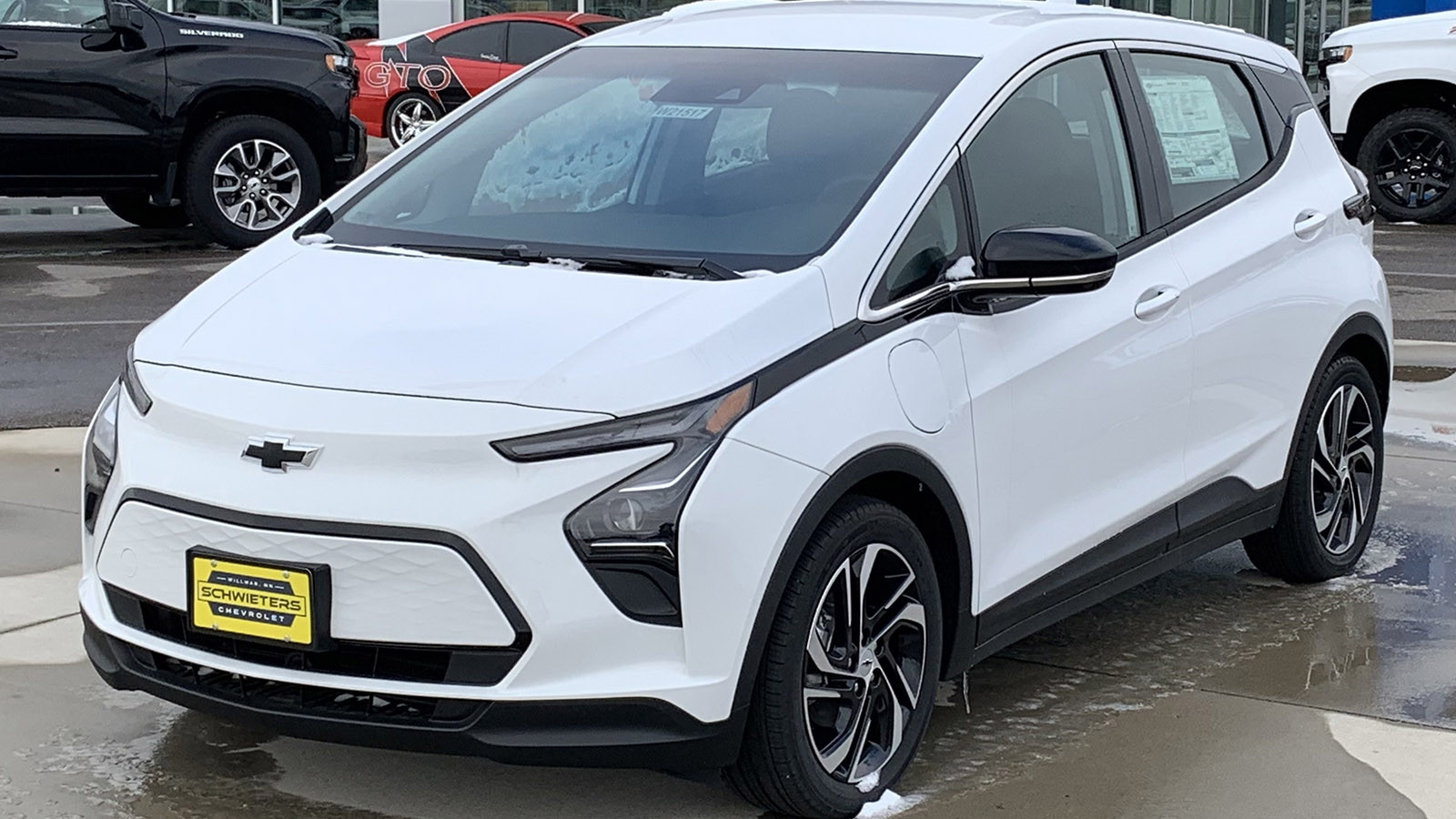 © Greg Gjerdingen Wikimedia
© Greg Gjerdingen Wikimedia -
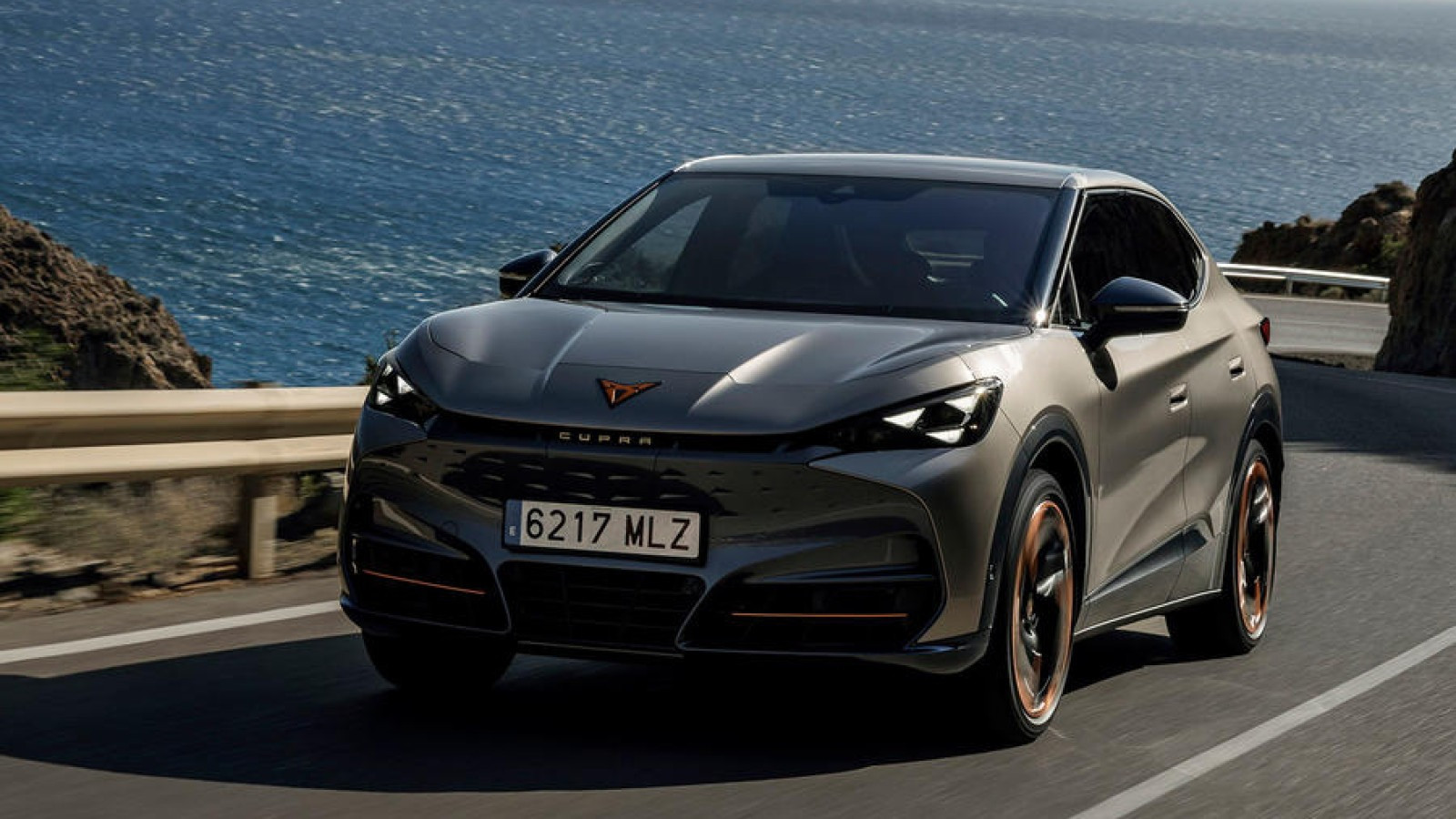 © Cupra
© Cupra -
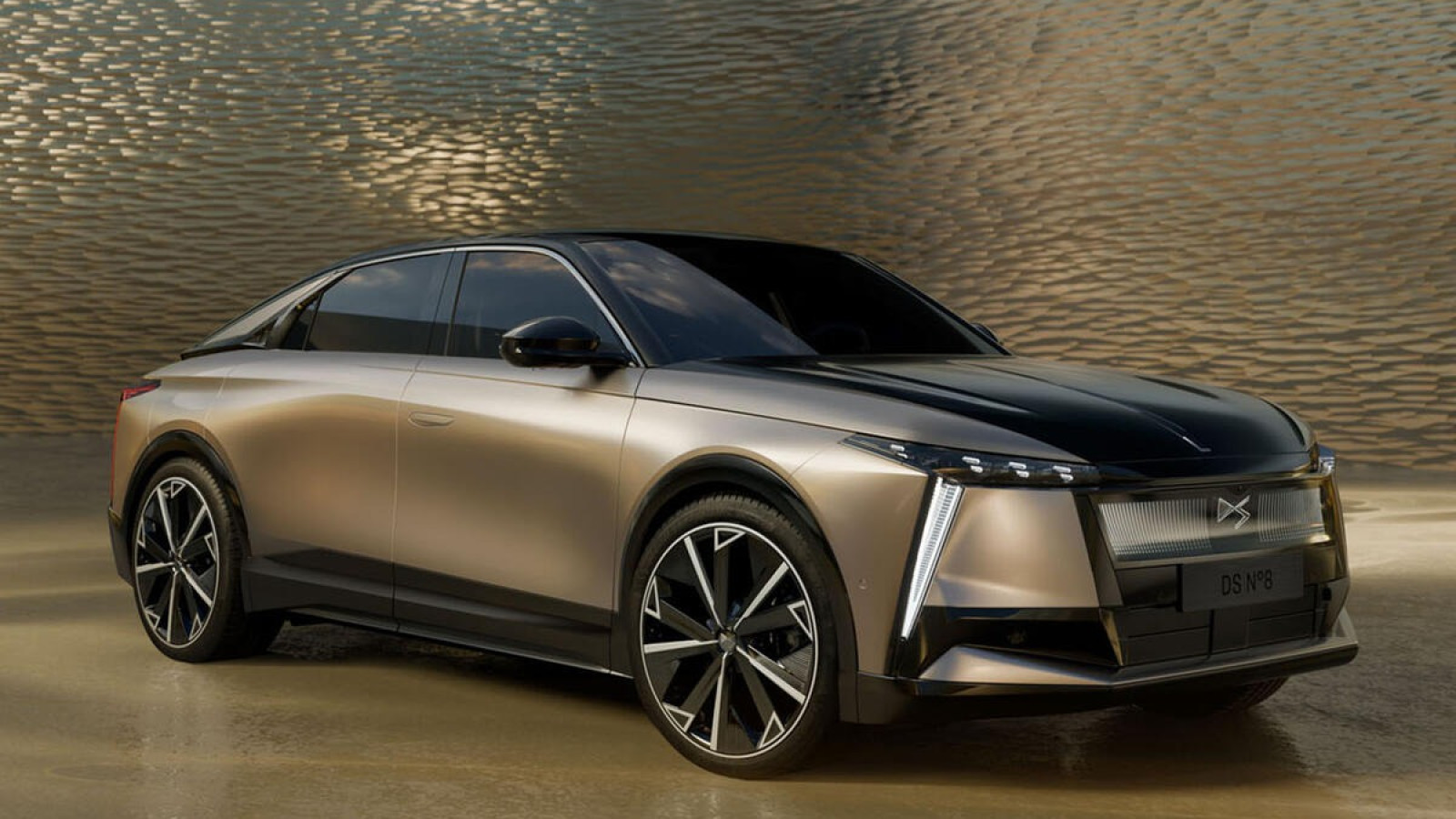 © DS Automobiles
© DS Automobiles -
 © Haymarket Media
© Haymarket Media -
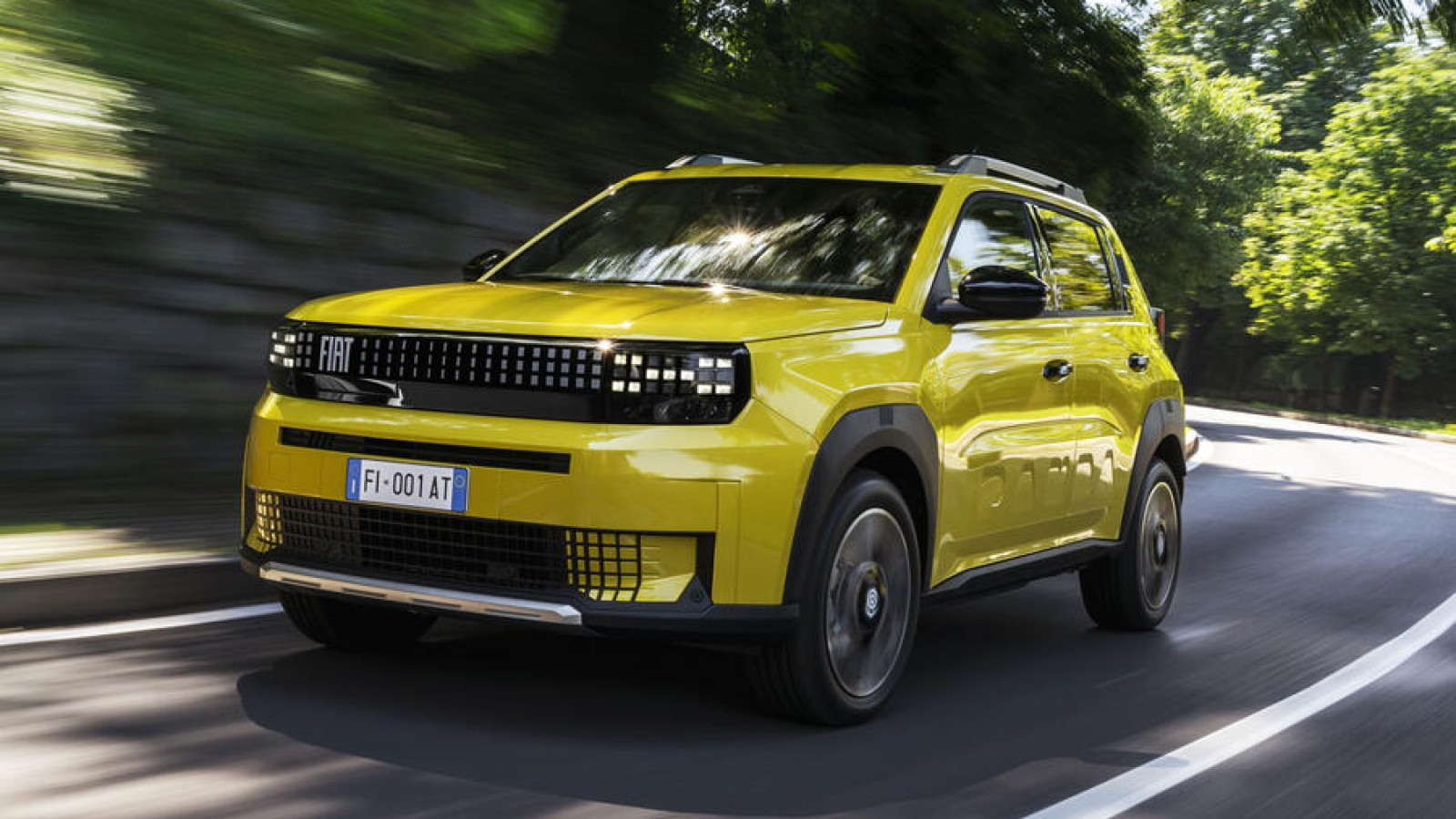 © Fiat
© Fiat -
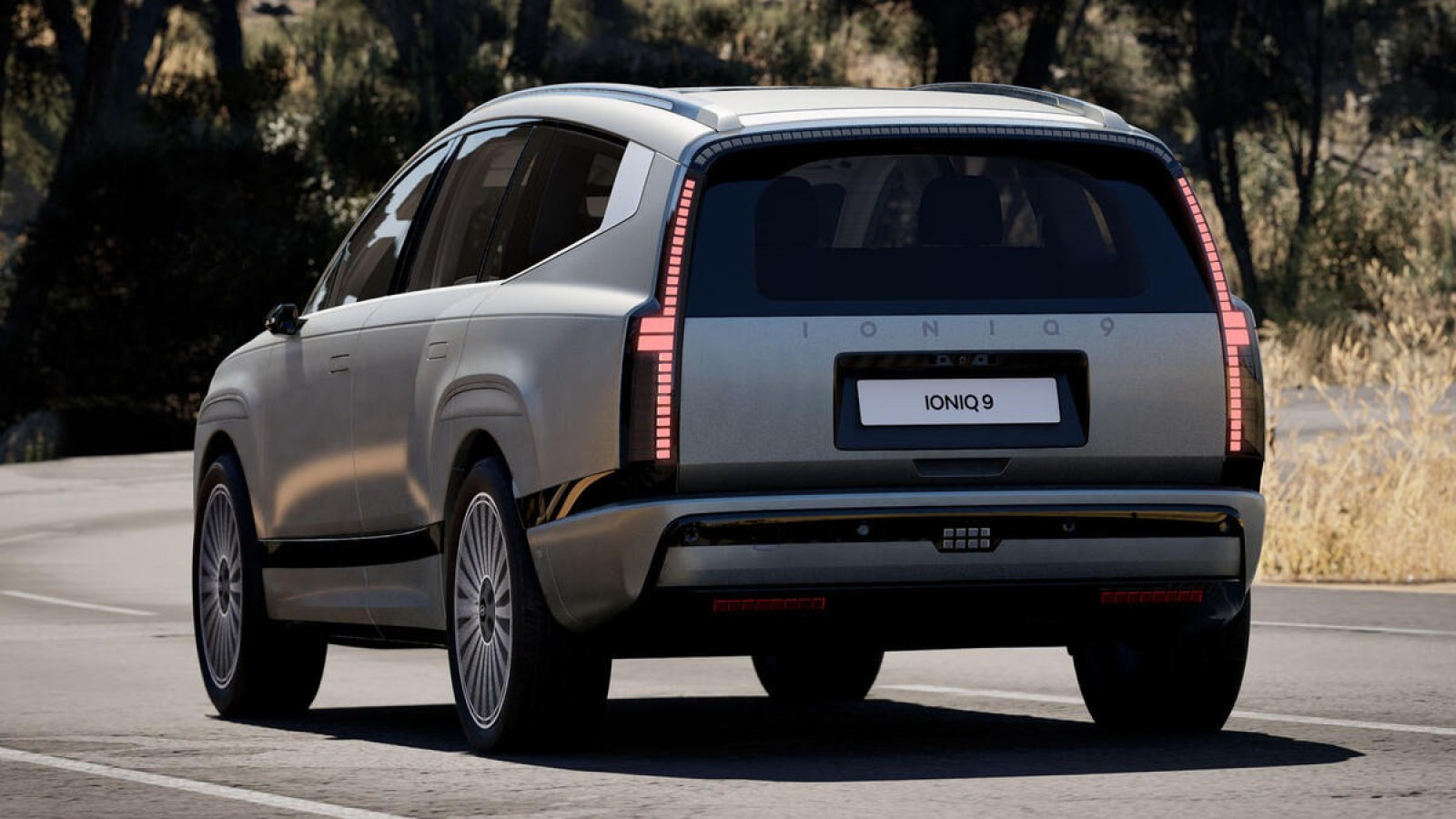 © Hyundai
© Hyundai -
 © Haymarket Media
© Haymarket Media -
 © Haymarket Media
© Haymarket Media -
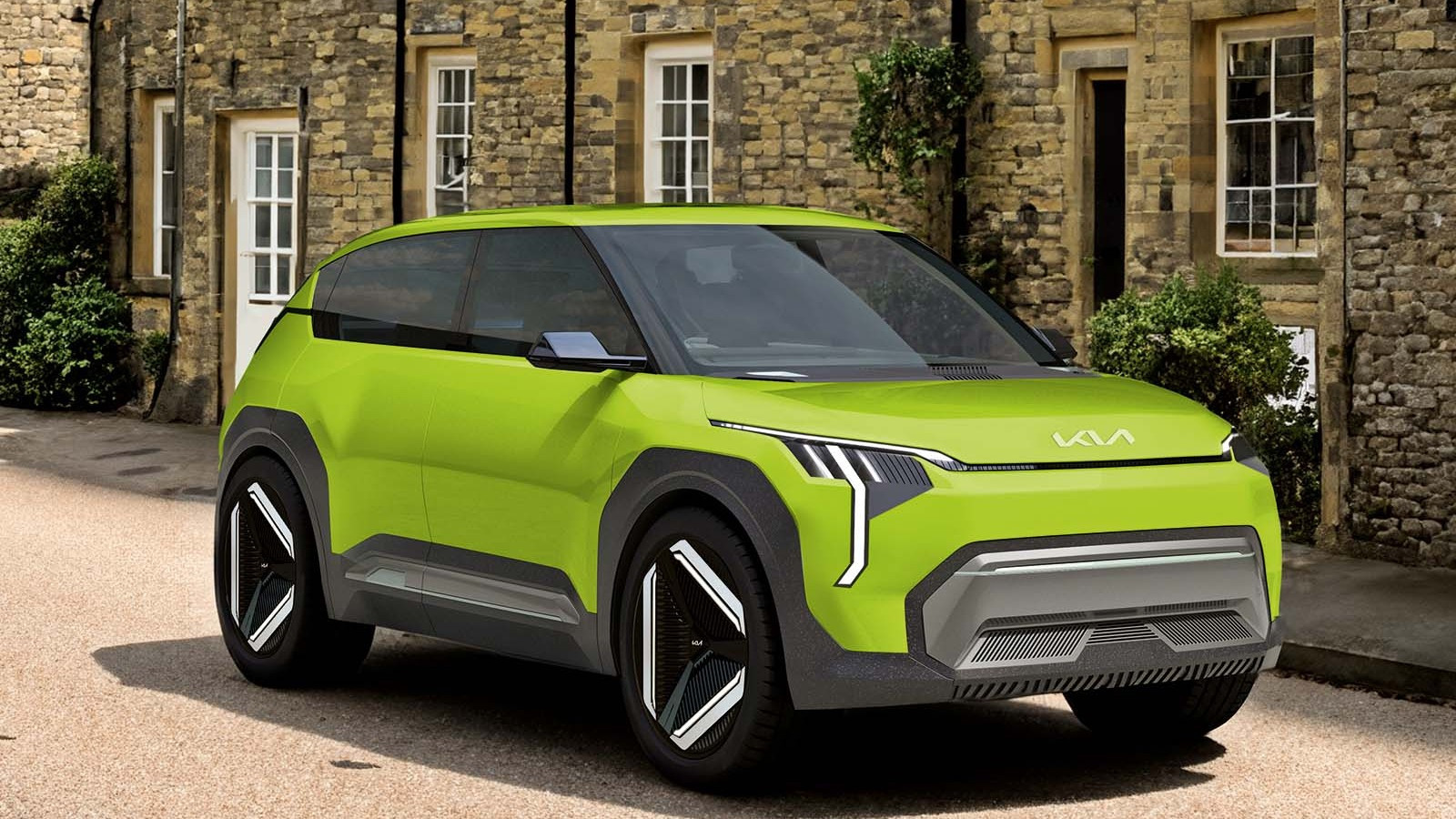 © Haymarket Media
© Haymarket Media -
 © Lucid
© Lucid -
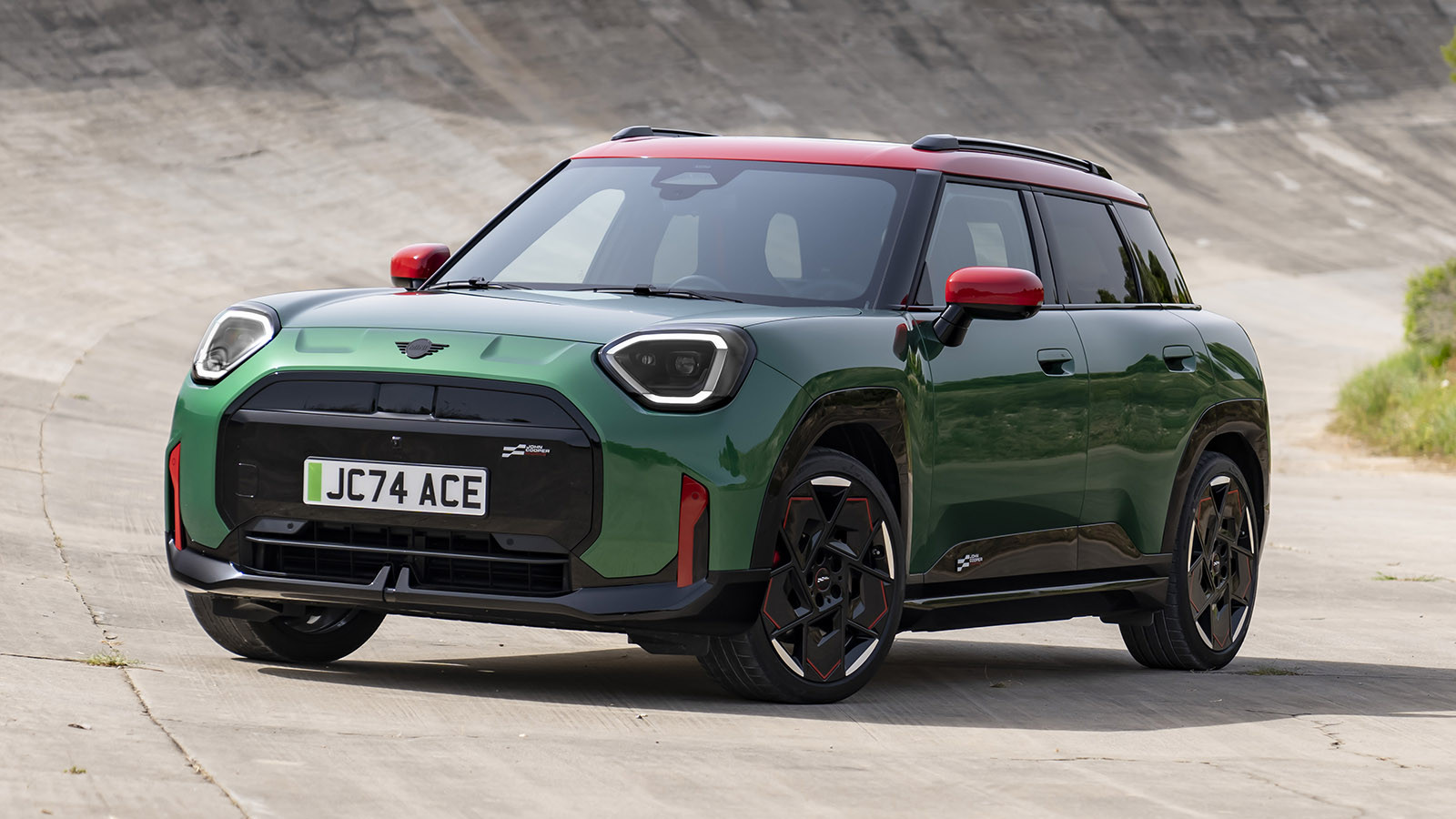 © Mini
© Mini -
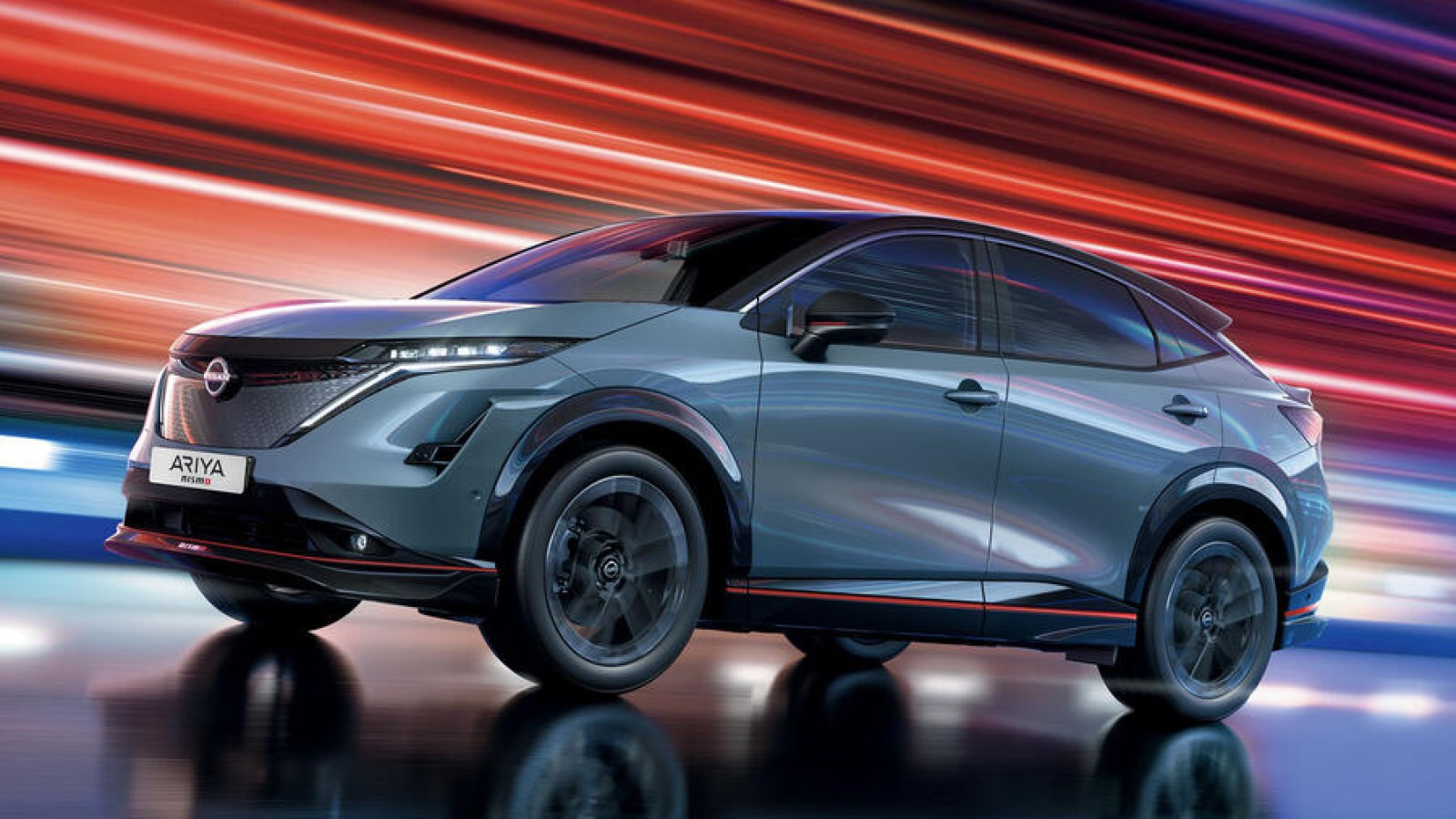 © Nissan
© Nissan -
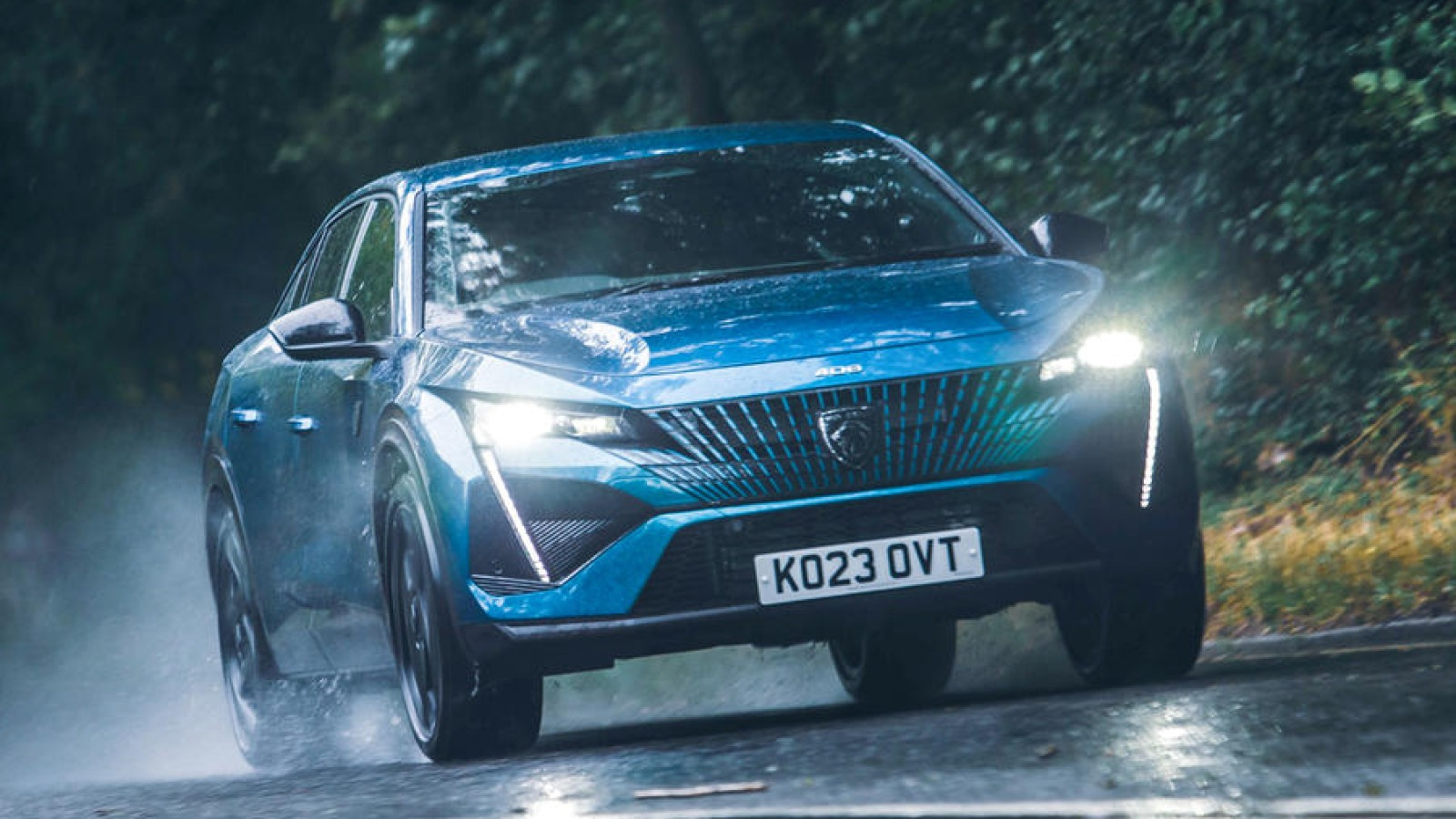 © Haymarket Media
© Haymarket Media -
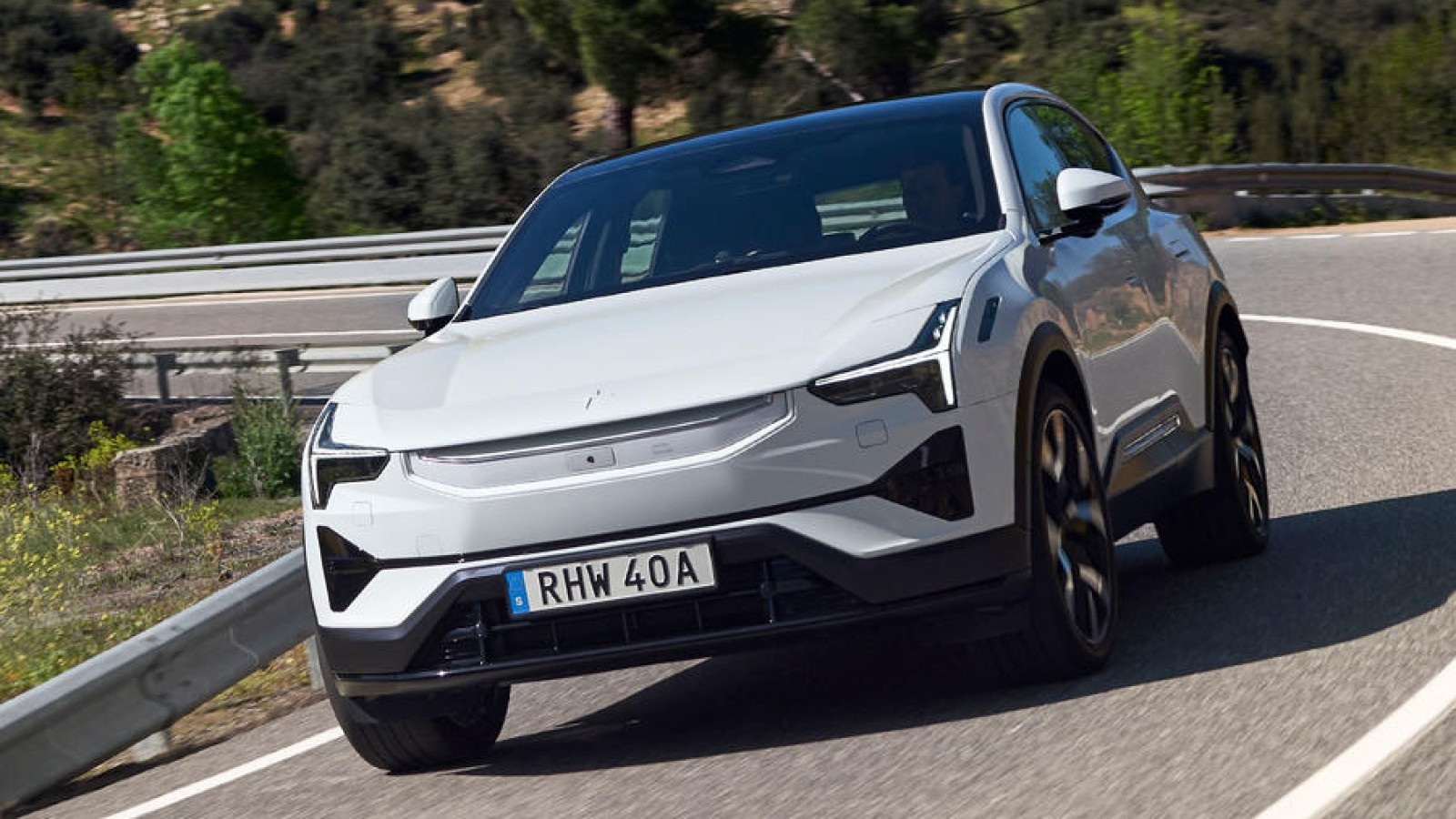 © Polestar
© Polestar -
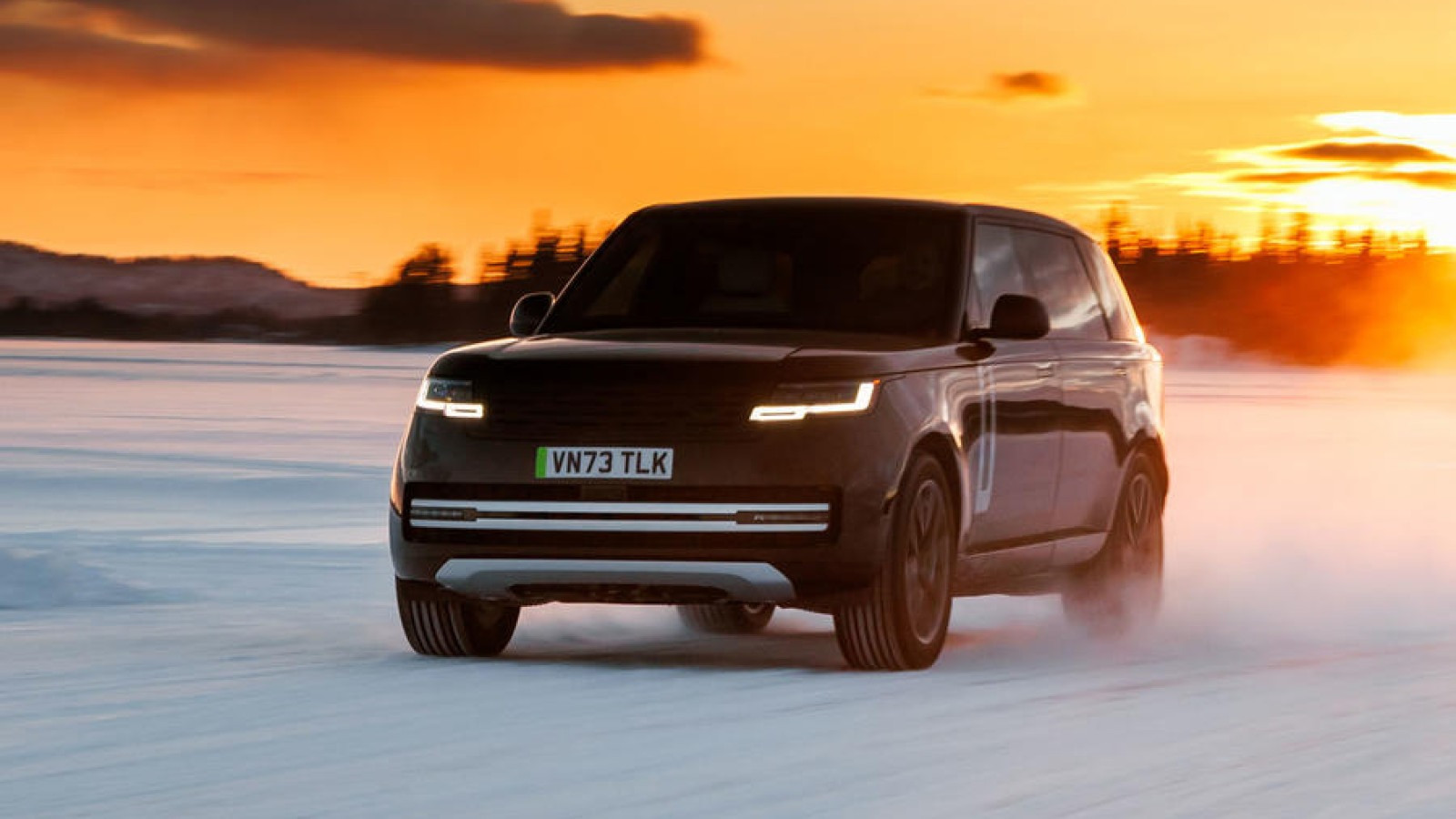 © JLR
© JLR -
 © Haymarket Media
© Haymarket Media -
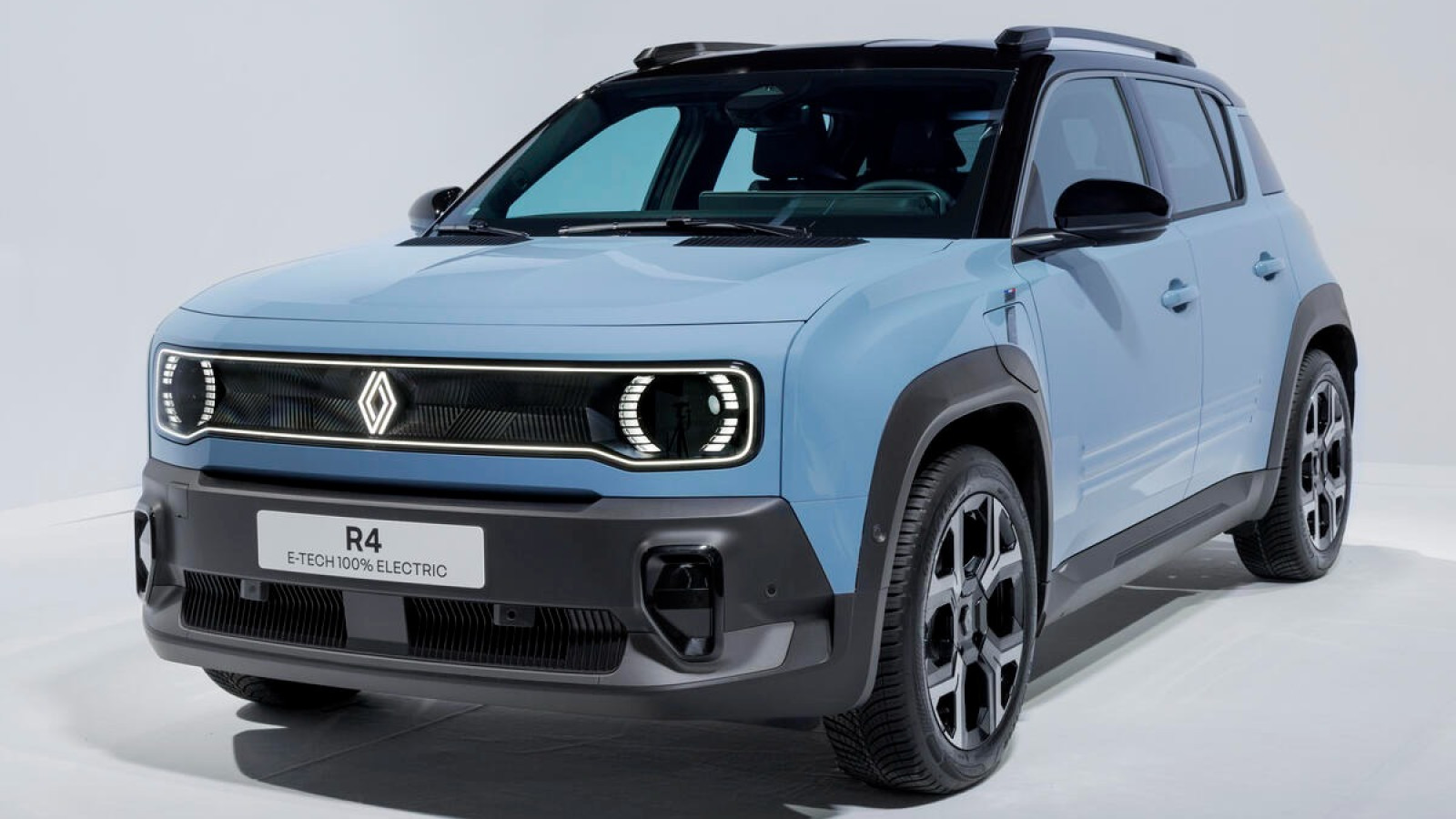 © Renault
© Renault -
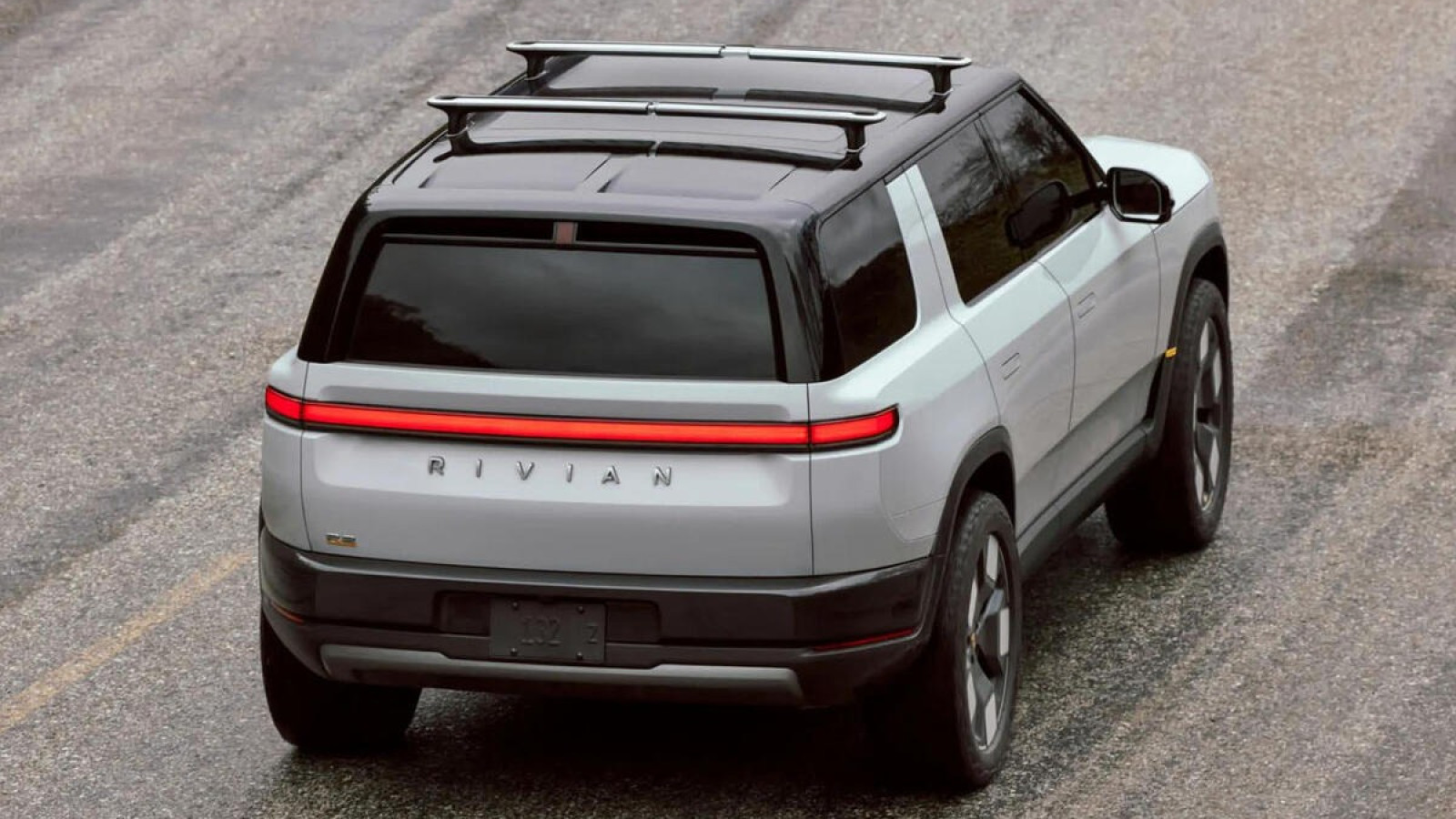 © Rivian
© Rivian -
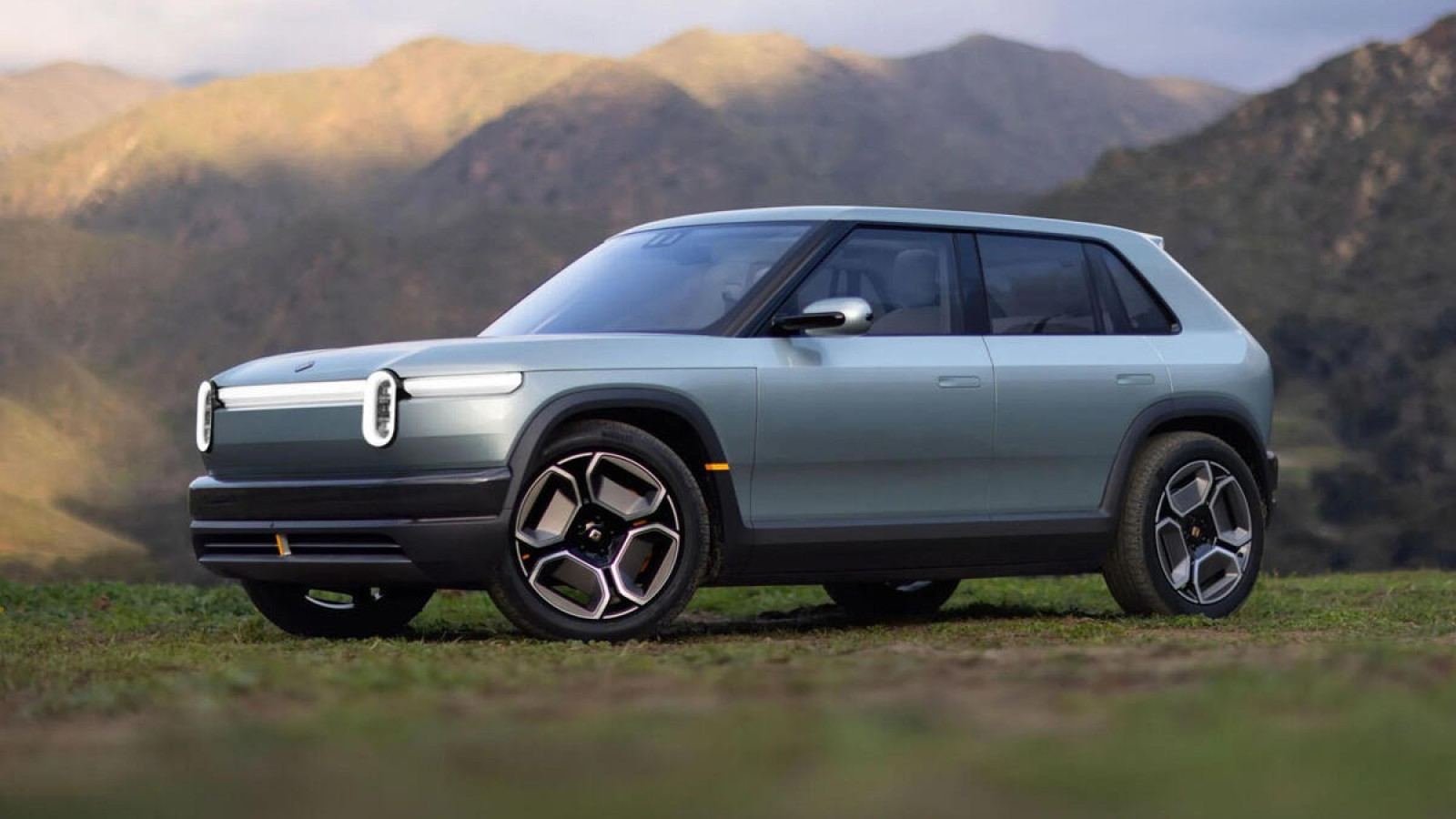 © Rivian
© Rivian -
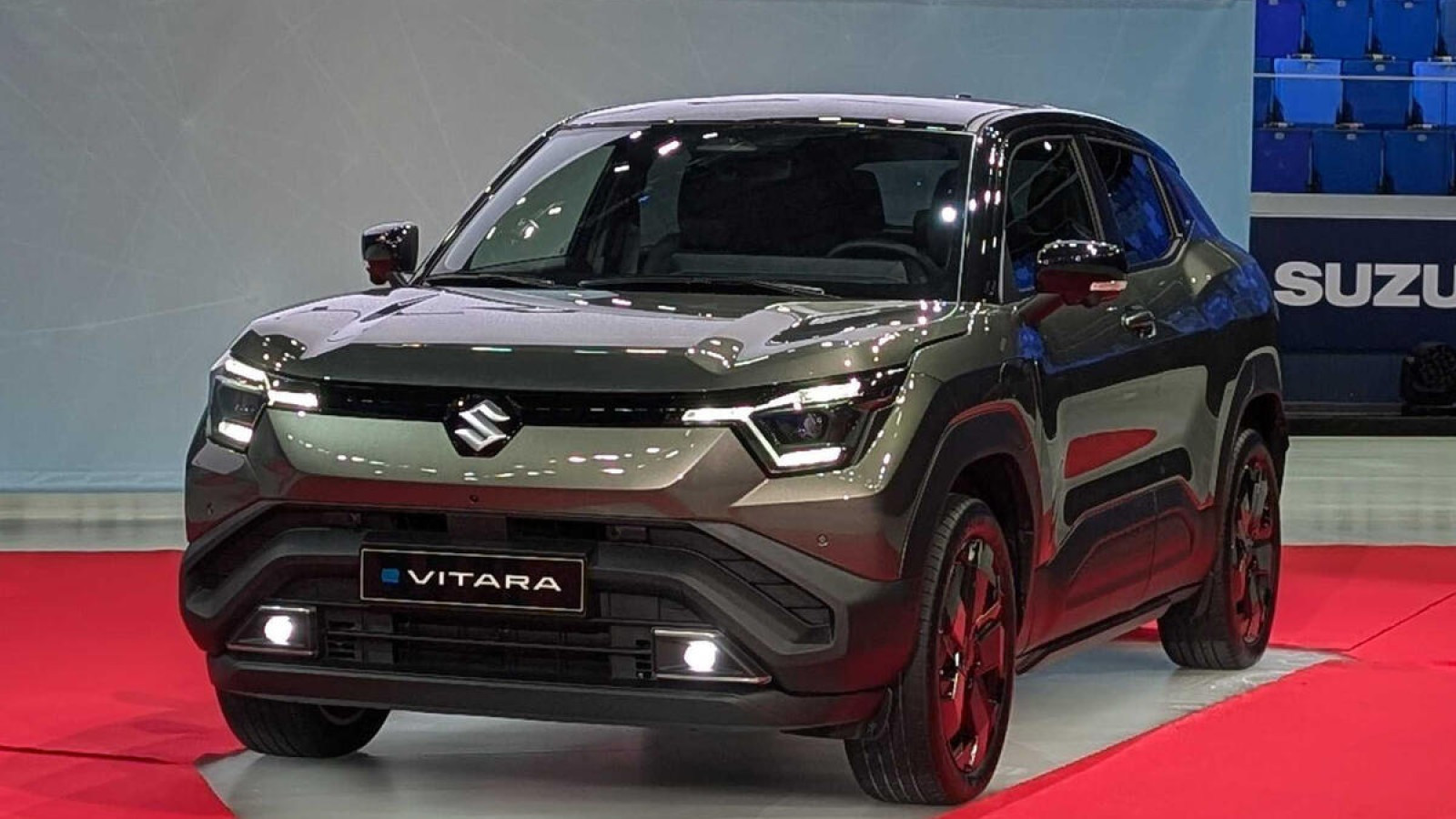 © Suzuki
© Suzuki -
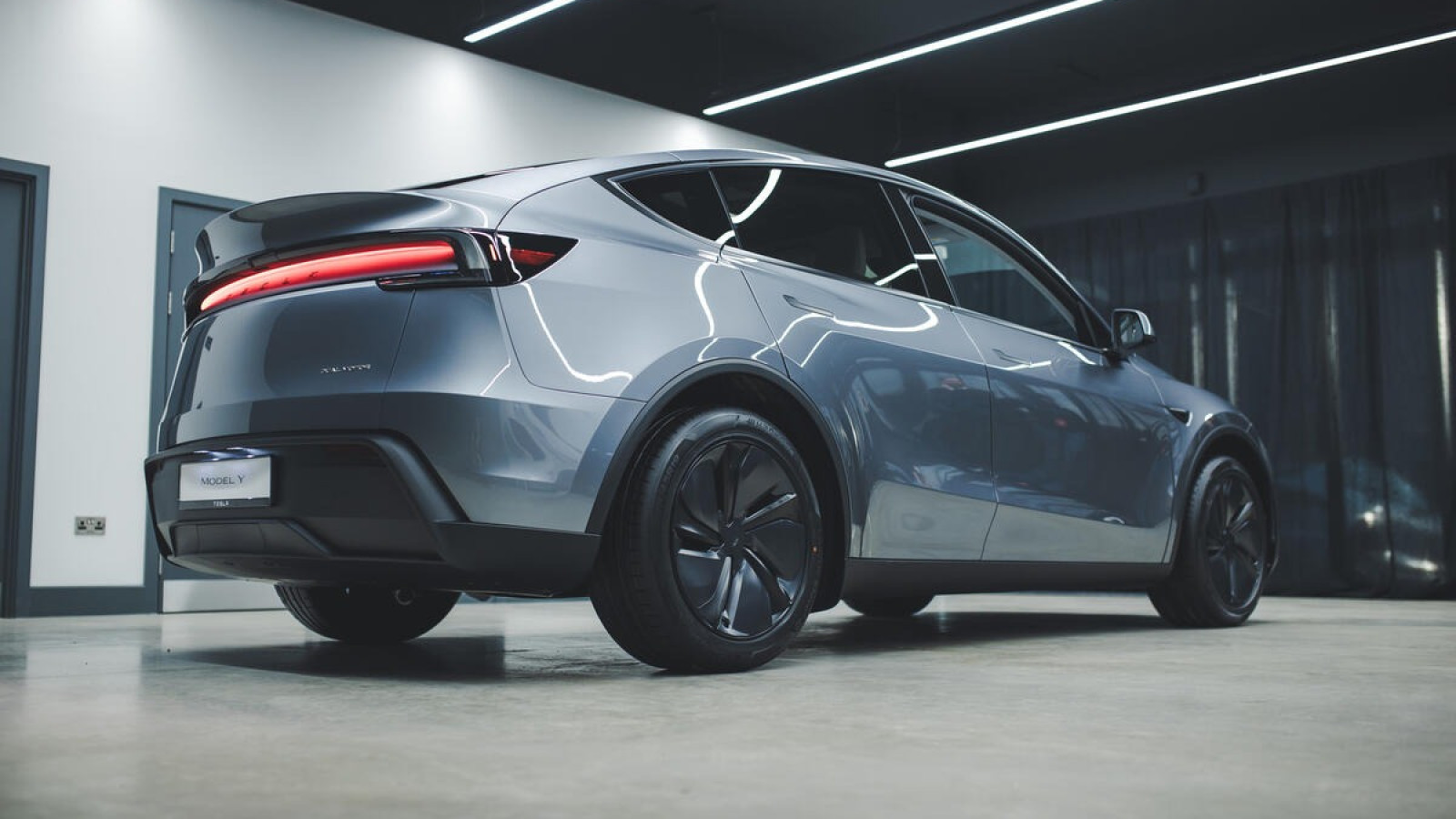 © Haymarket Media
© Haymarket Media -
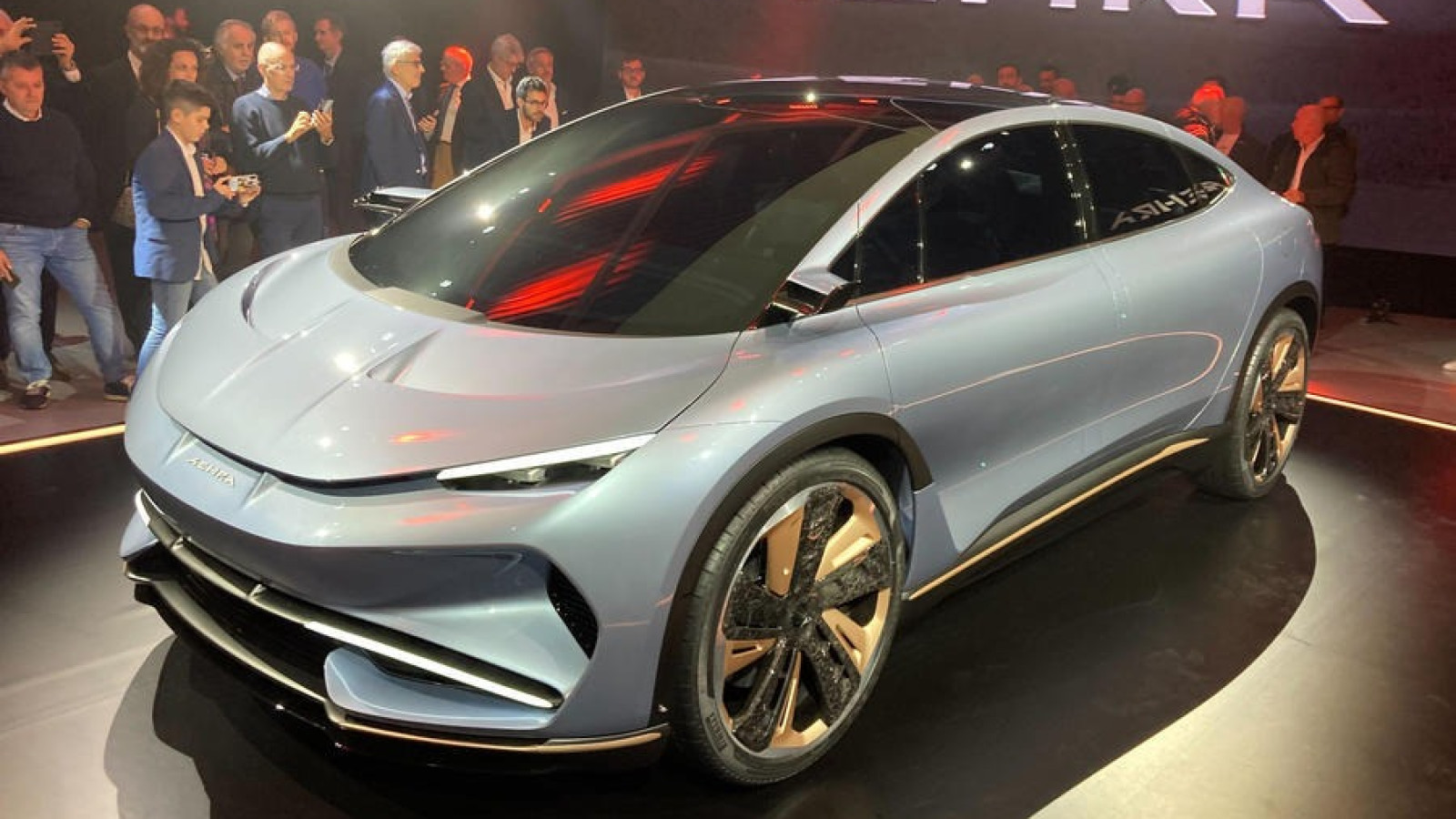 © Haymarket Media
© Haymarket Media -
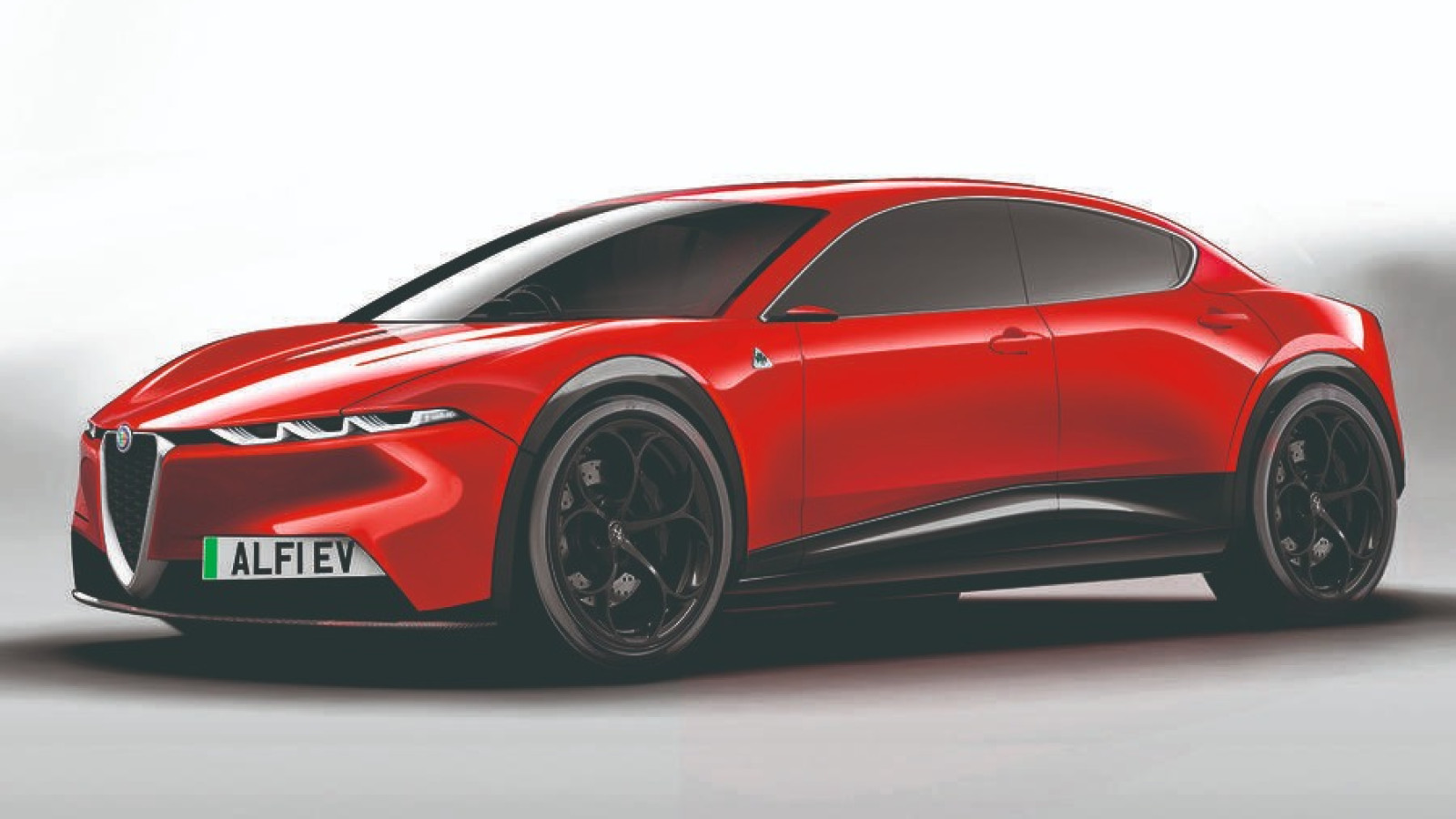 © Haymarket Media
© Haymarket Media -
 © Haymarket Media
© Haymarket Media -
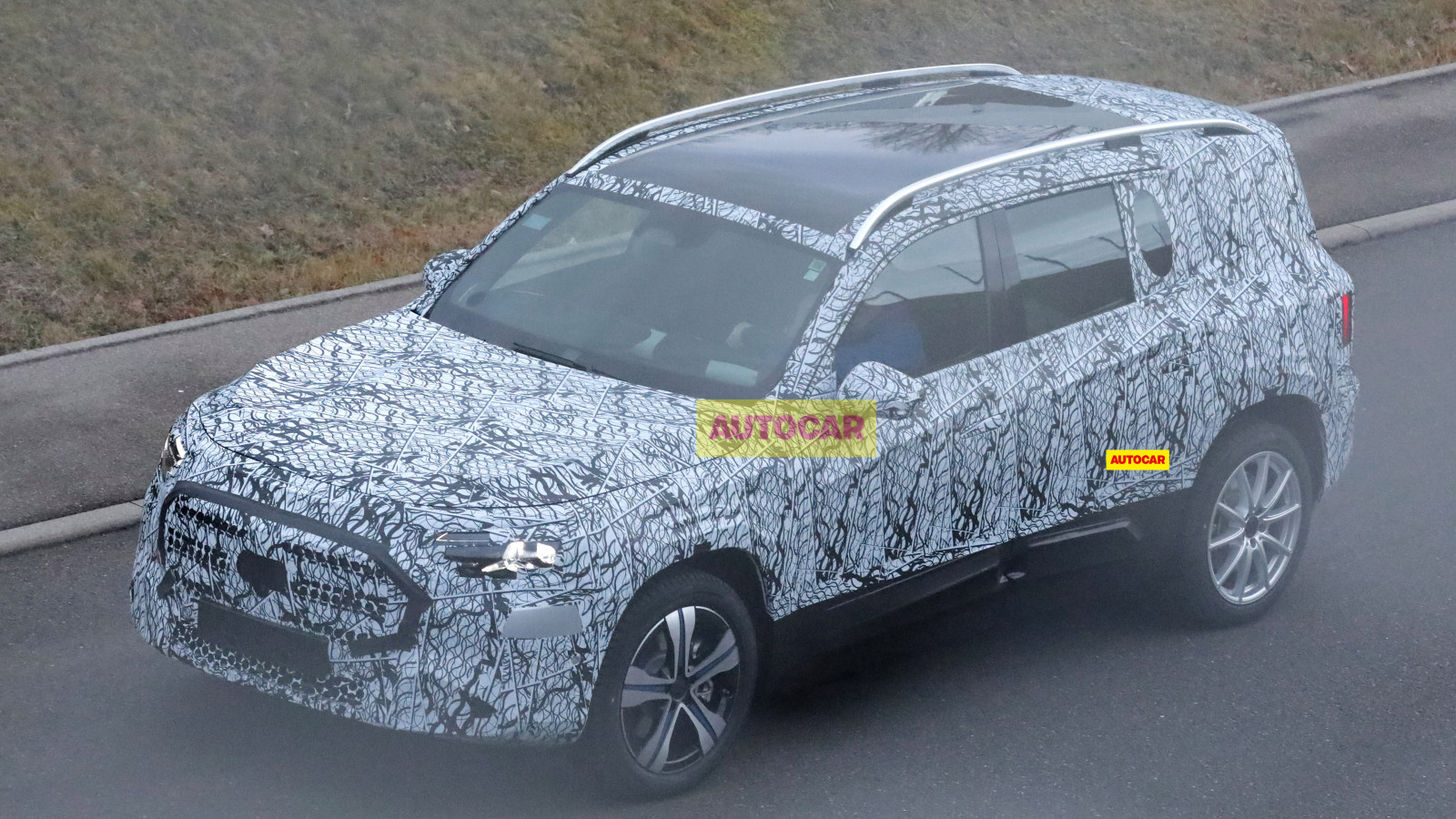 © Haymarket Media
© Haymarket Media -
 © Haymarket Media
© Haymarket Media -
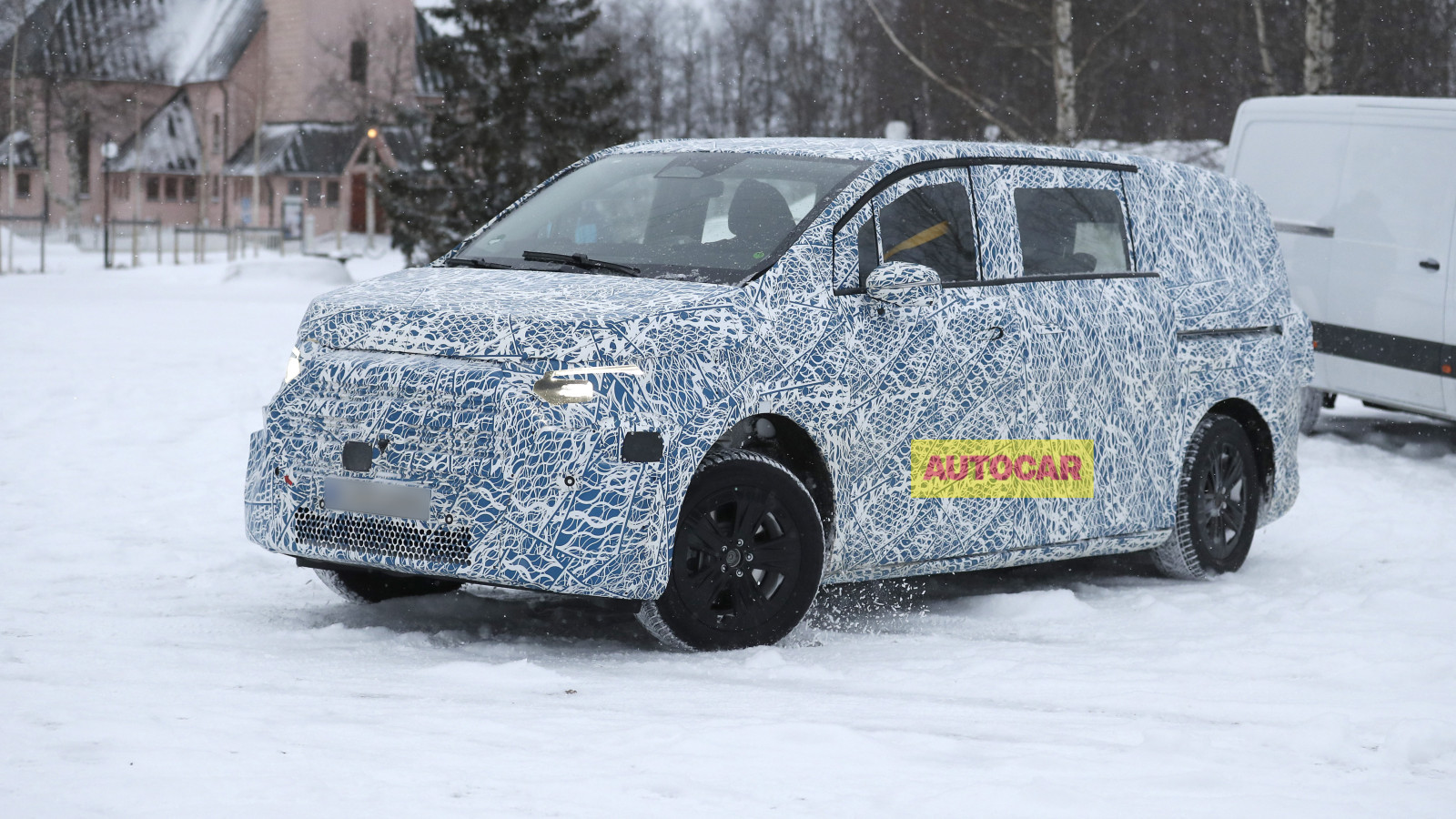 © Haymarket Media
© Haymarket Media -
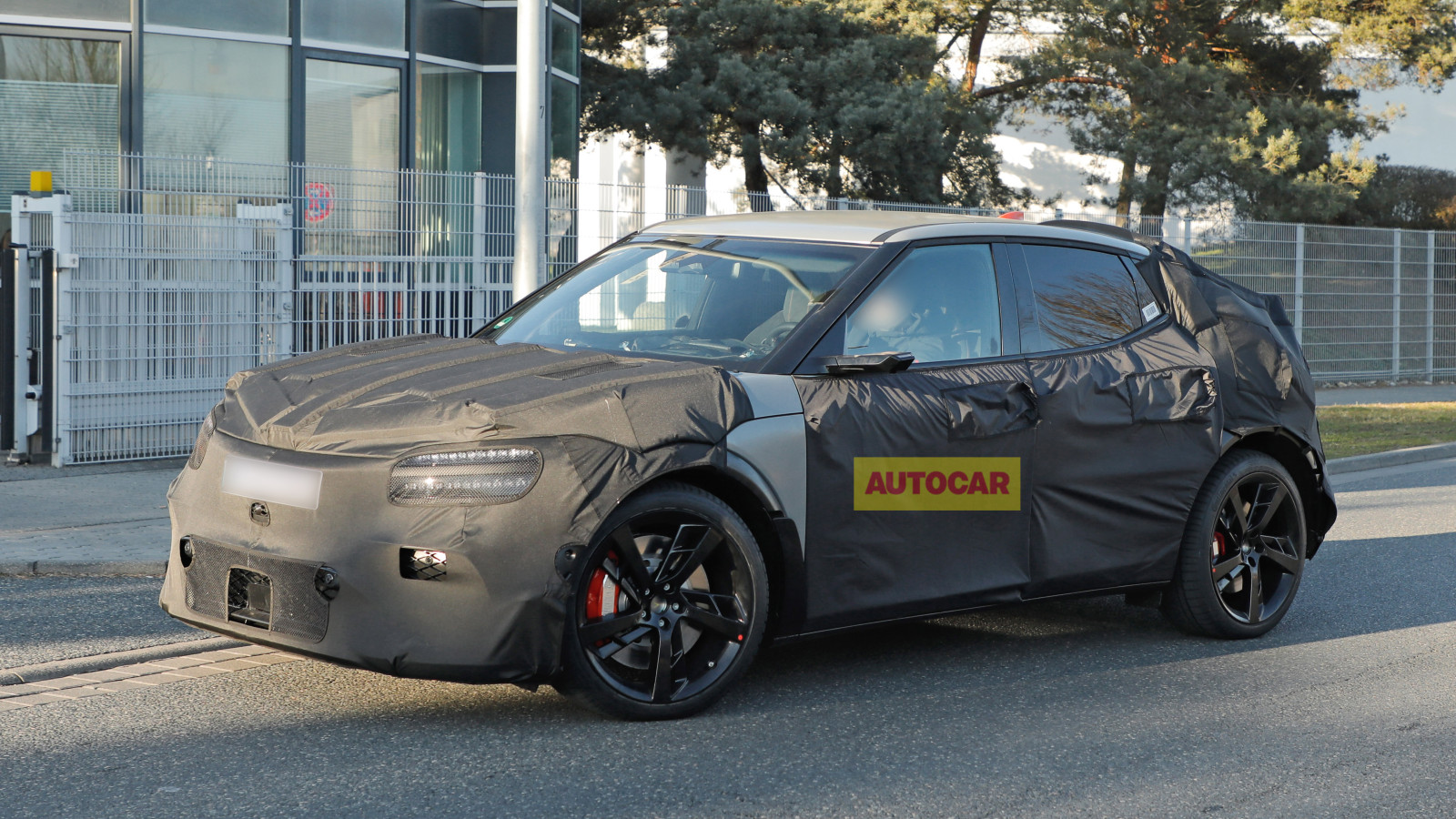 © Haymarket Media
© Haymarket Media -
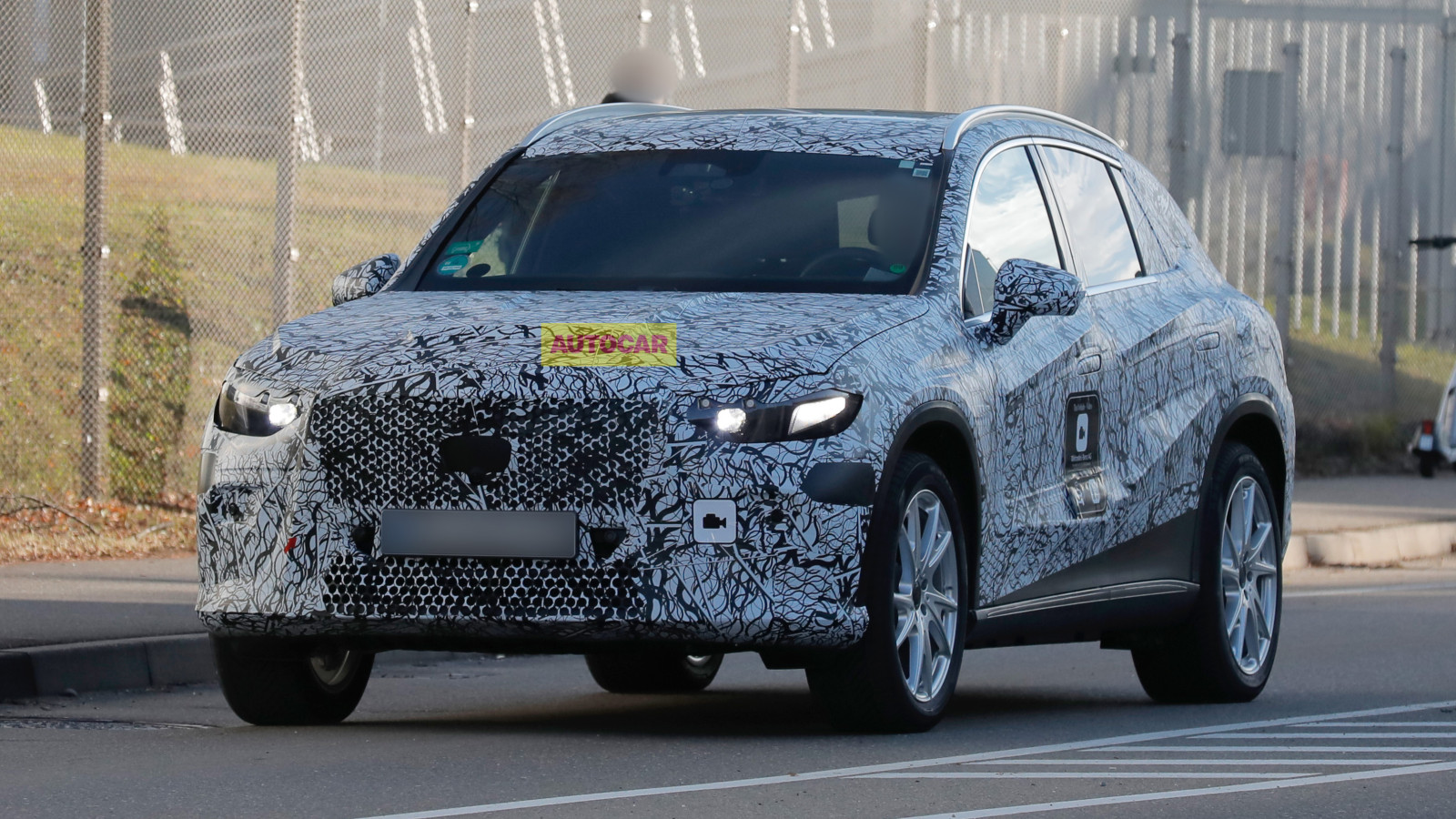 © Haymarket Media
© Haymarket Media -
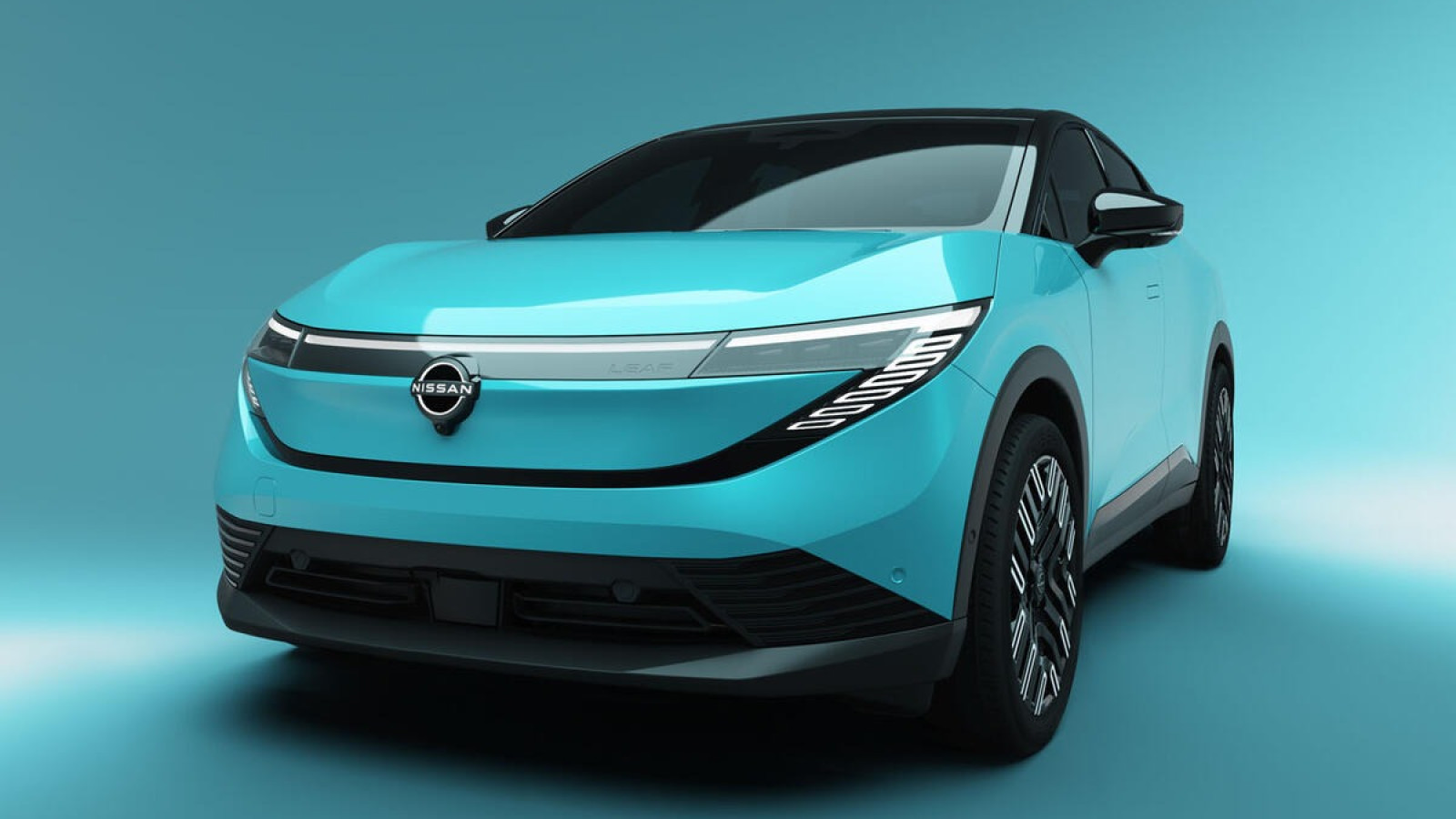 © Nissan
© Nissan -
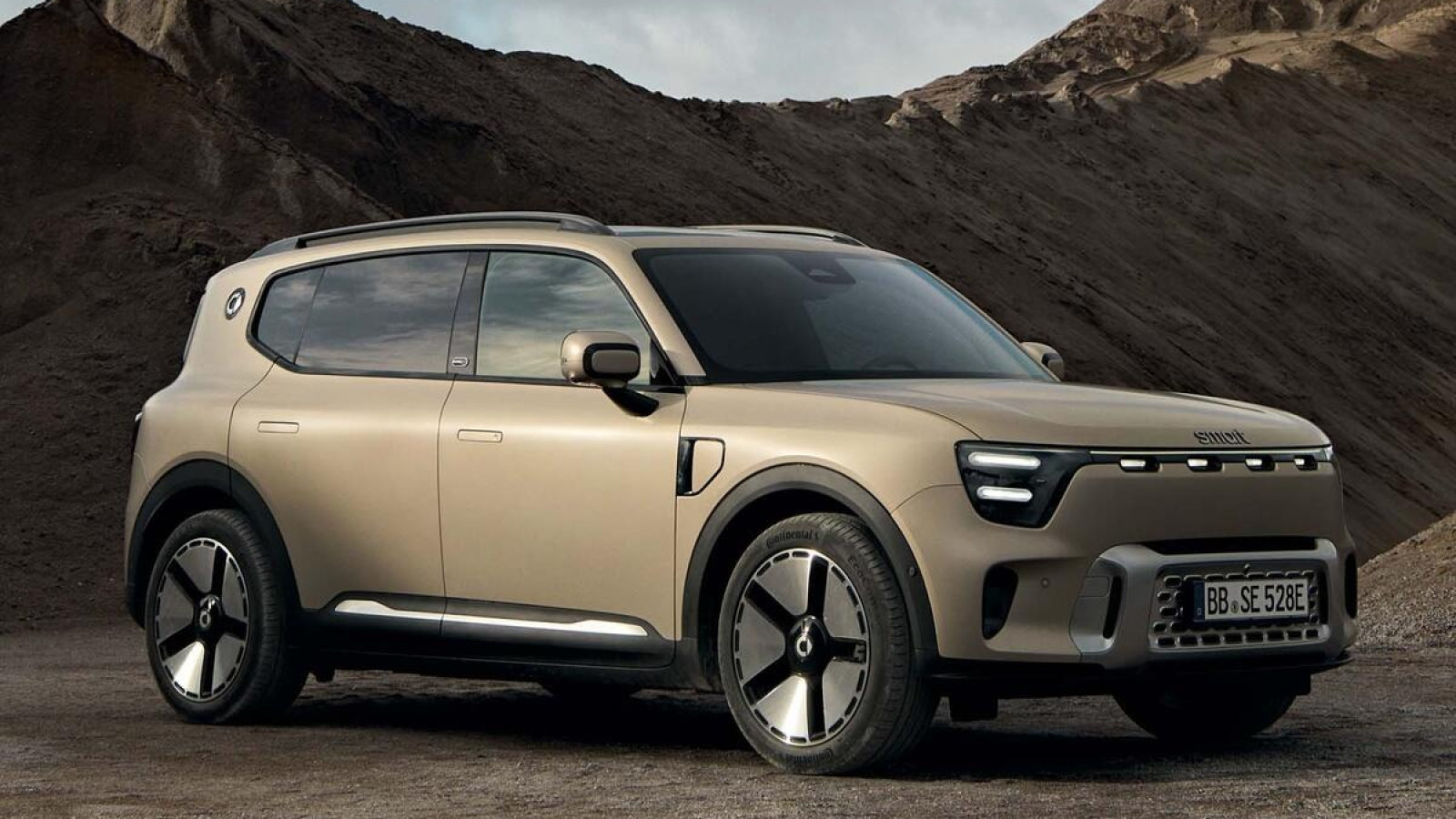 © Smart
© Smart -
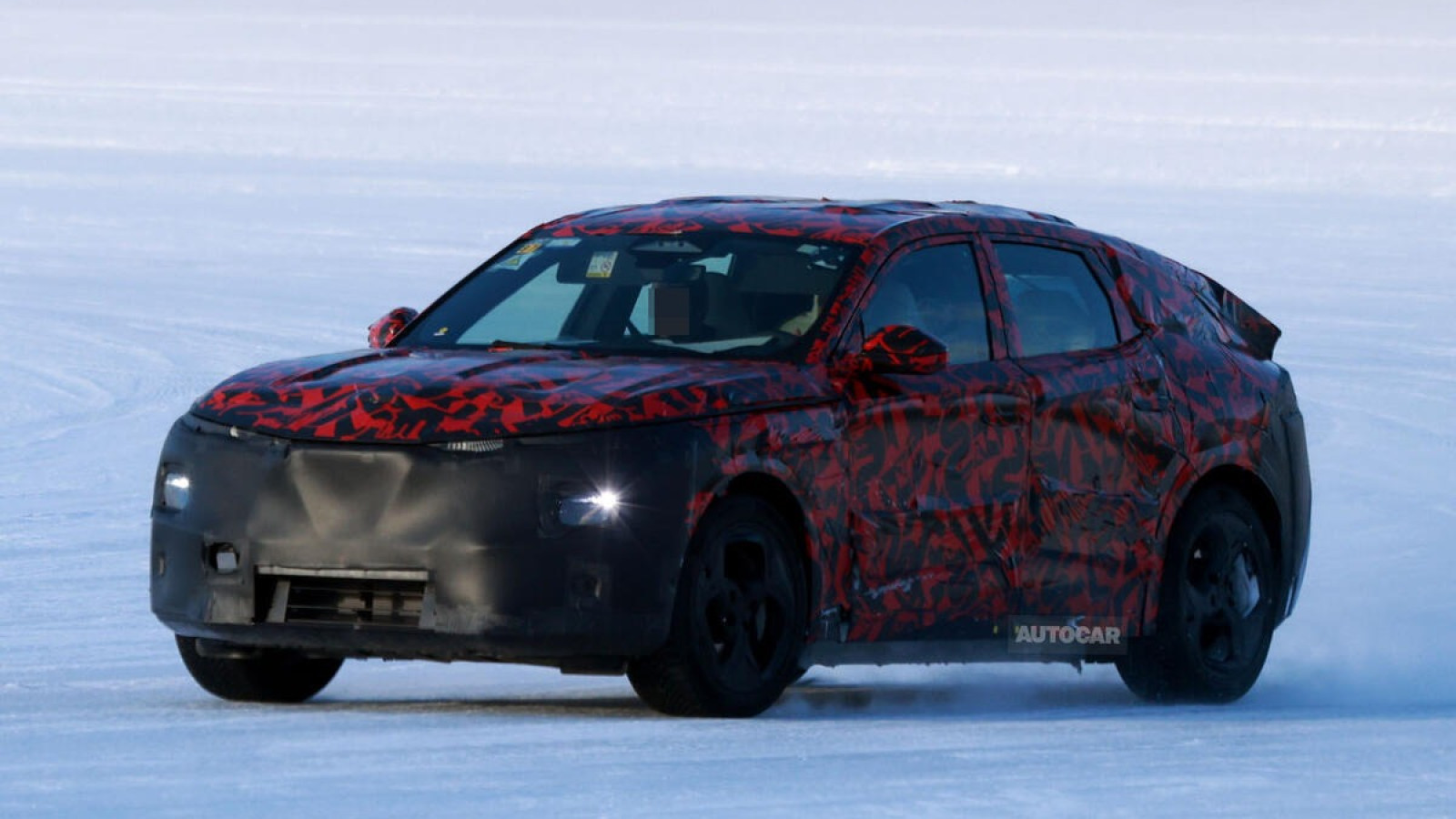 © Haymarket Media
© Haymarket Media -
 © Toyota
© Toyota -
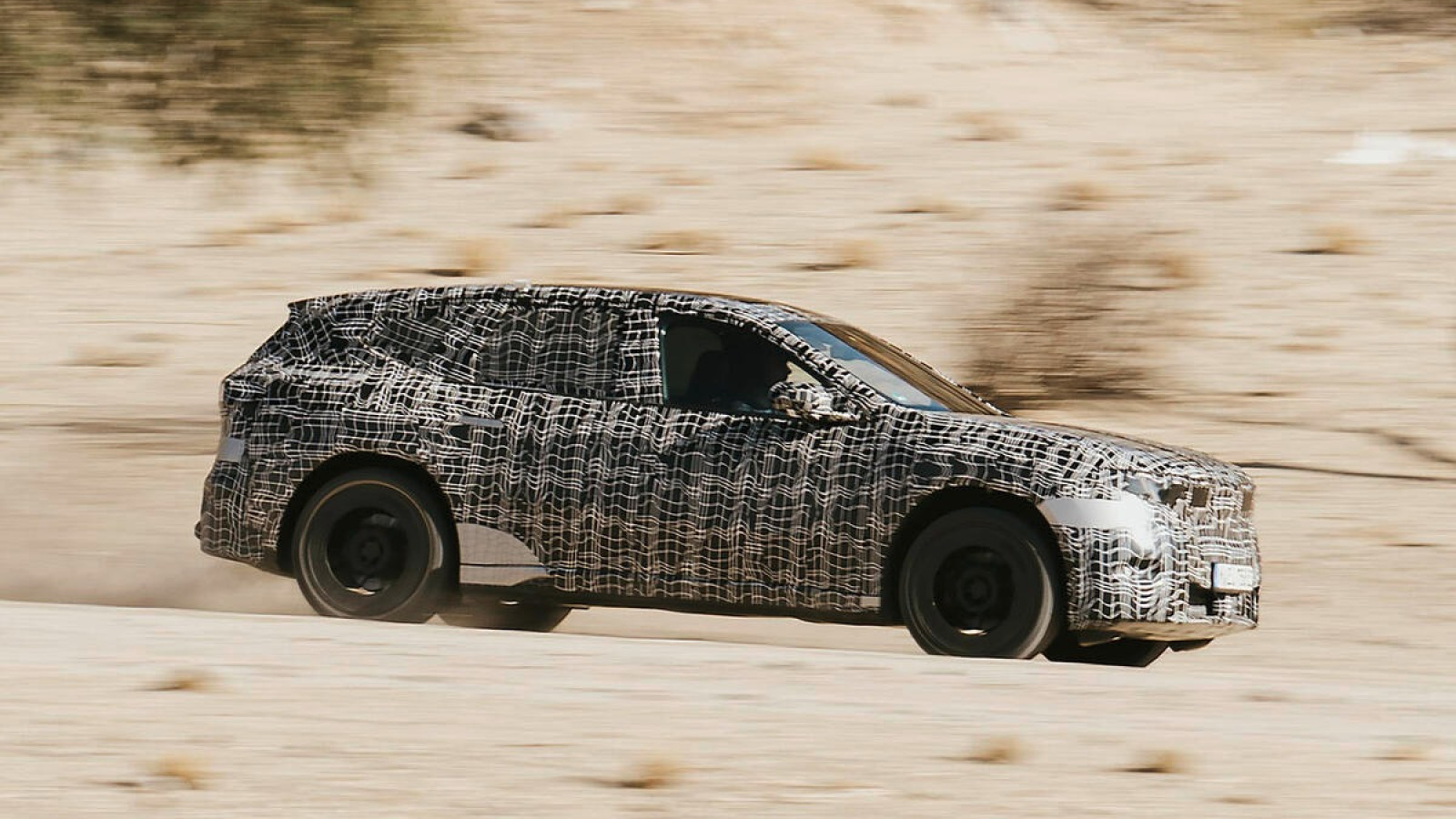 © BMW
© BMW -
 © Haymarket Media
© Haymarket Media -
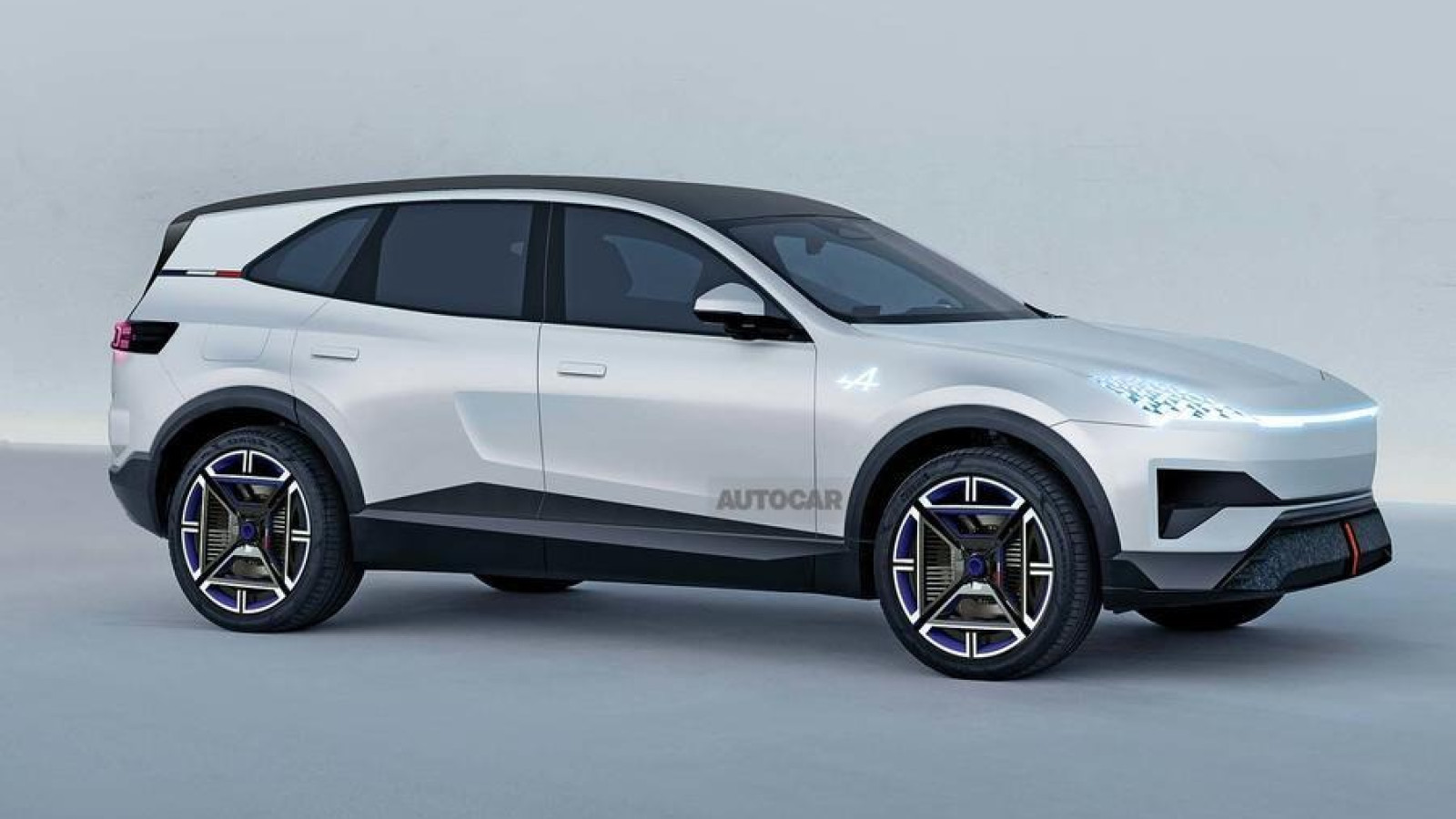 © Haymarket Media
© Haymarket Media -
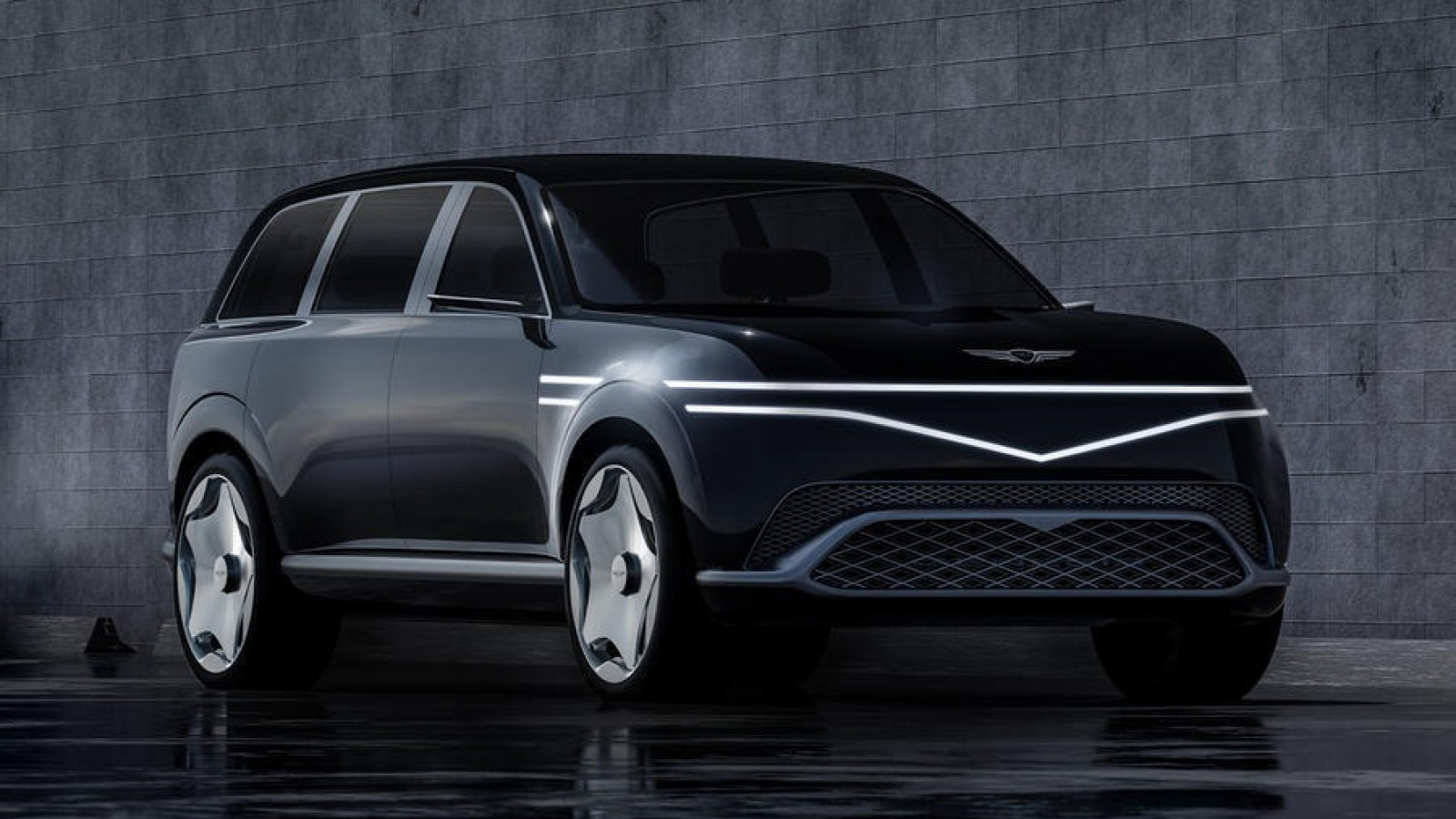 © Genesis
© Genesis -
 © Honda
© Honda -
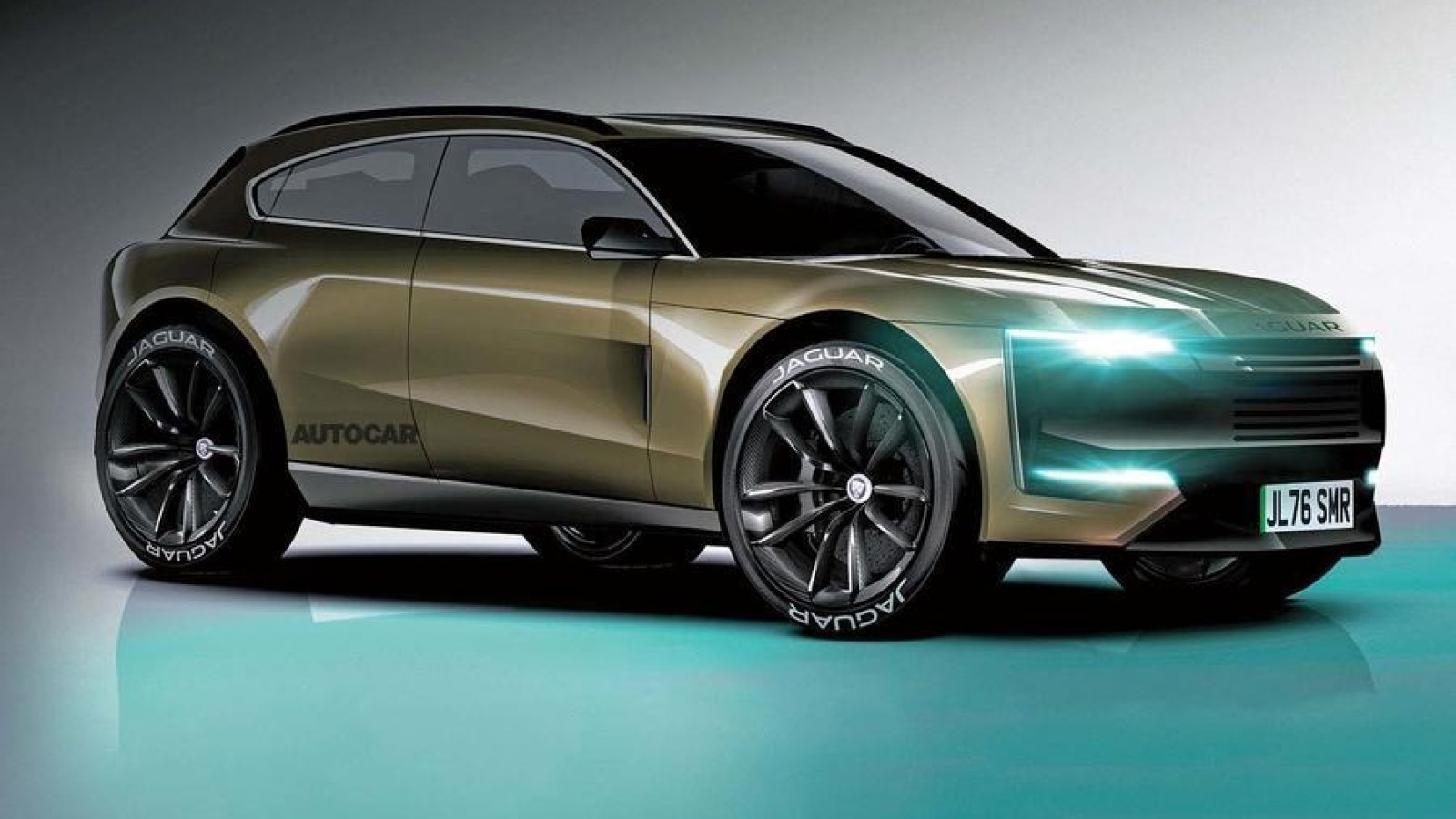 © Haymarket Media
© Haymarket Media -
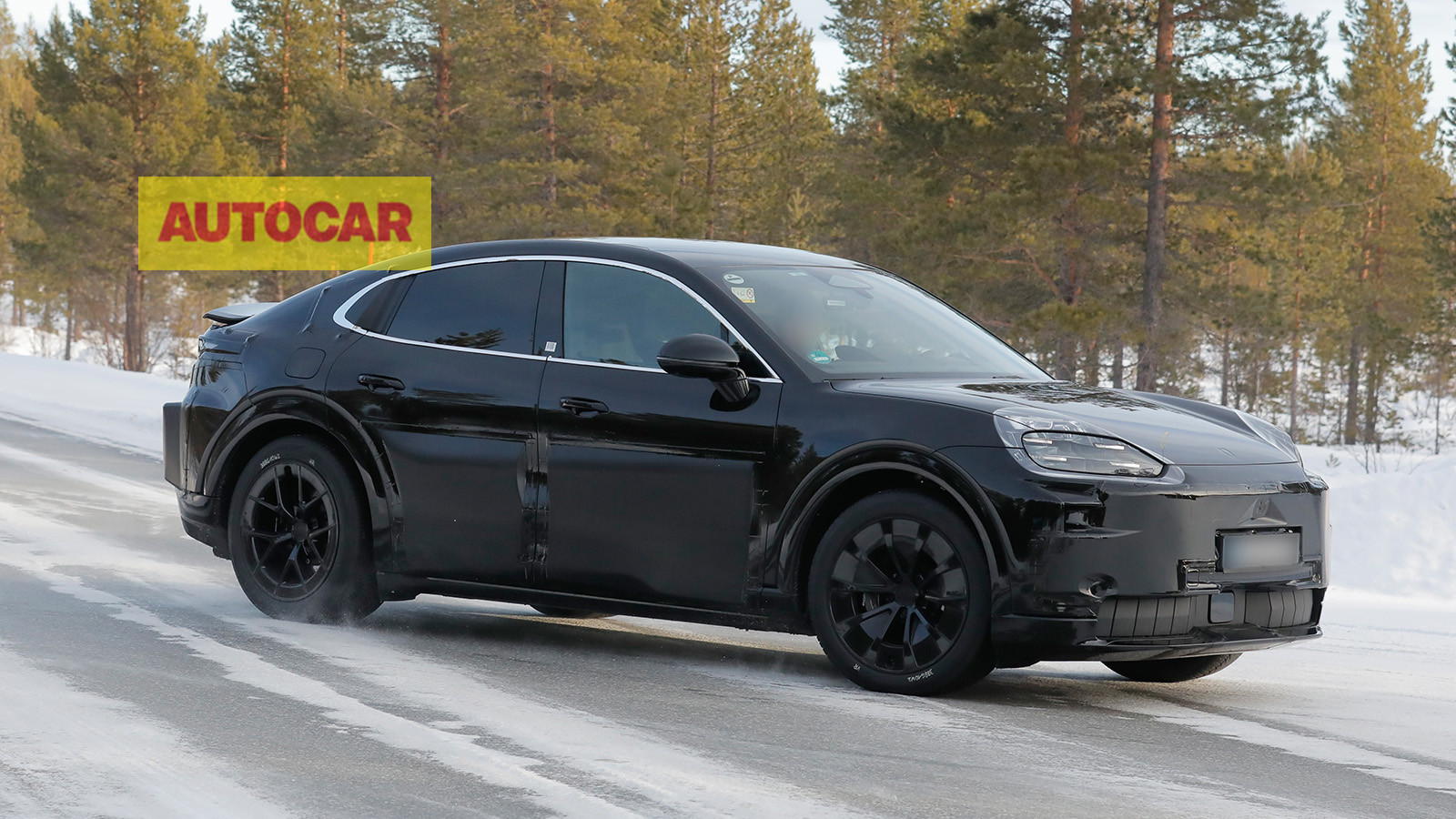 © Haymarket Media
© Haymarket Media -
 © Haymarket Media
© Haymarket Media -
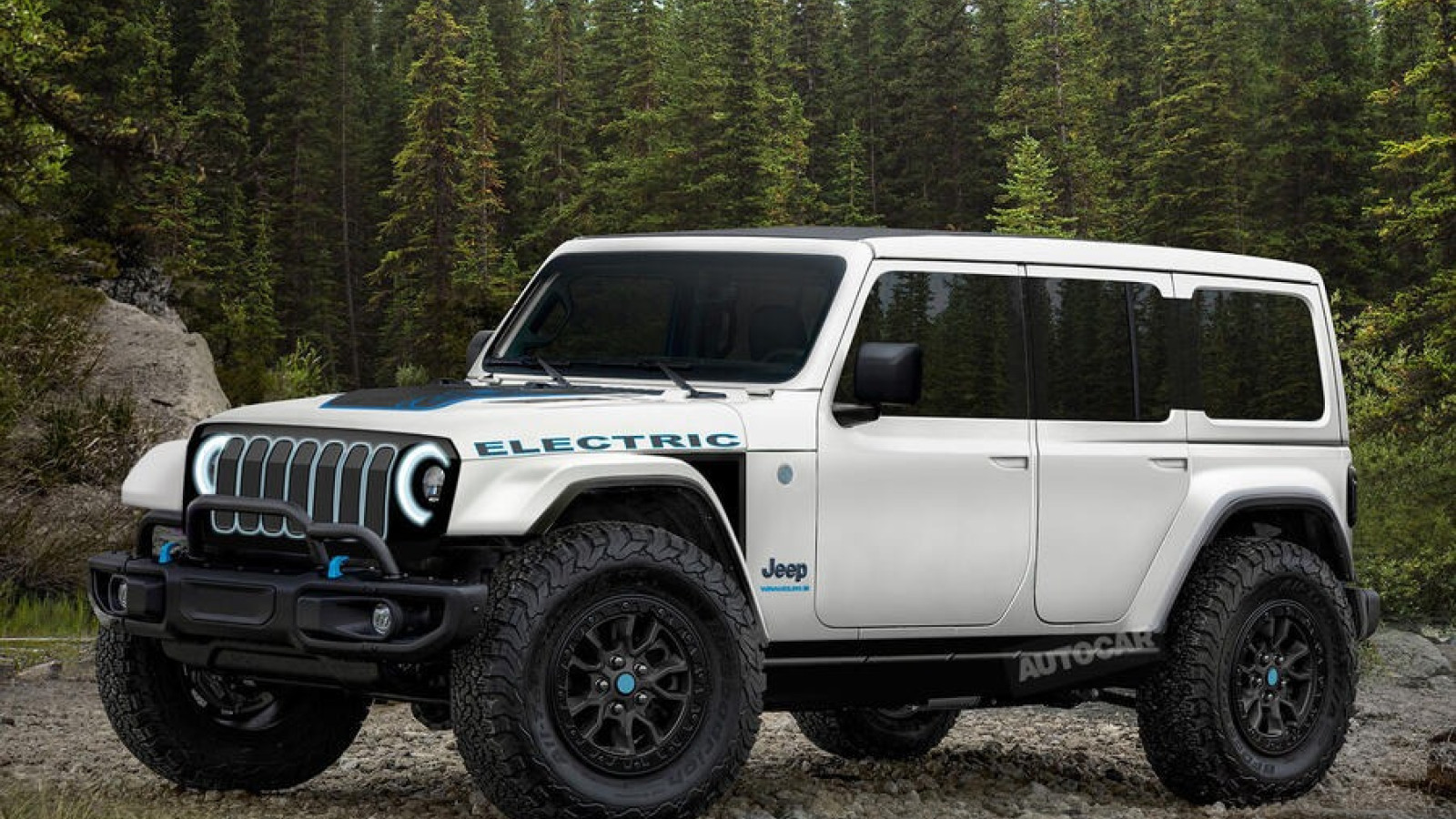 © Haymarket Media
© Haymarket Media -
 © Lamborghini
© Lamborghini -
 © Haymarket Media
© Haymarket Media -
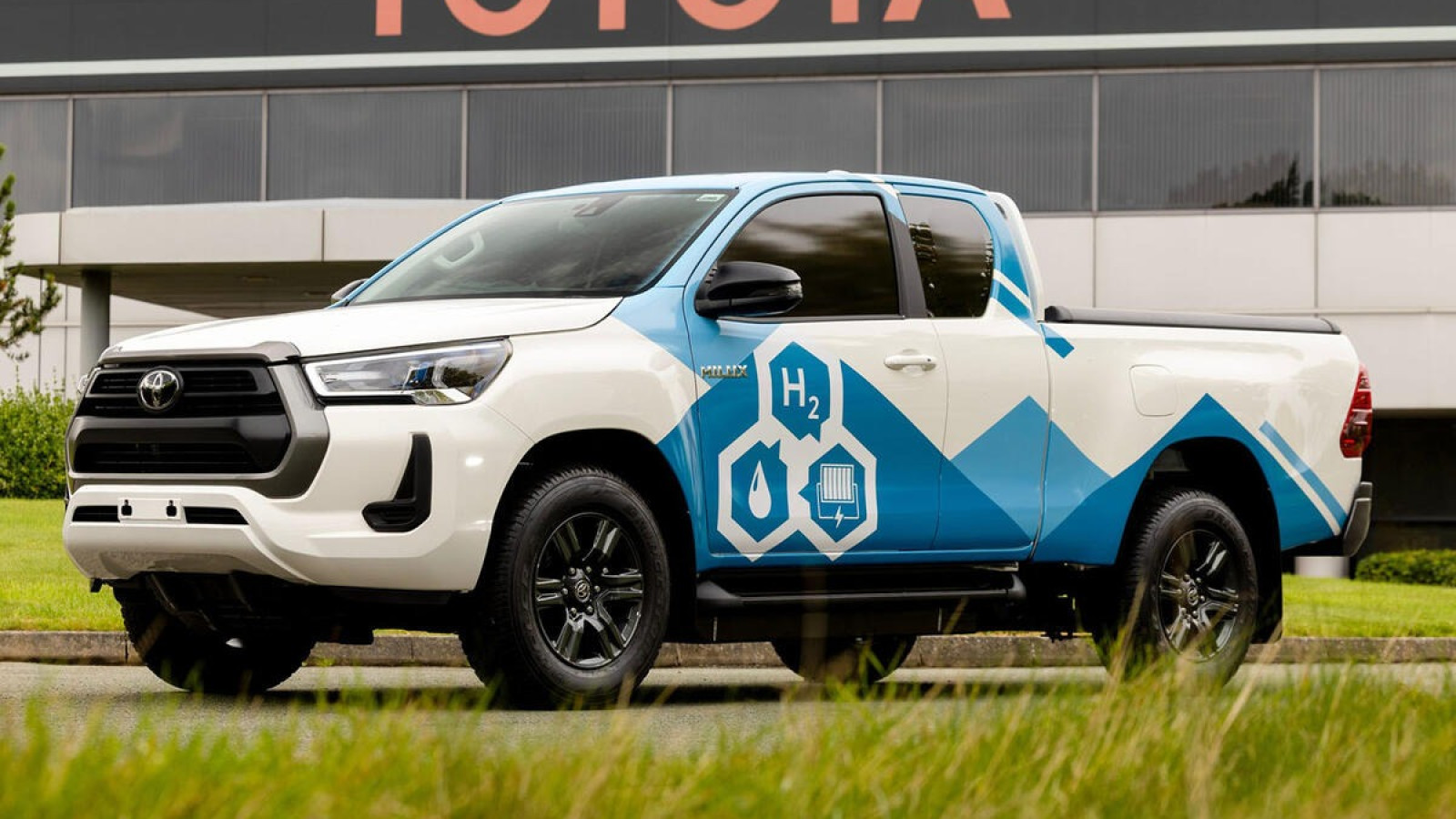 © Toyota
© Toyota
-
EVs are becoming more and more common, and the rate at which they are being introduced isn't slowing down any time soon.
There are countless set to enter the market over the next few years. BMW will launch one of its first all-electric M cars with the new M3 EV and we’ll soon find more out about its electric supercar (above).
Jaguar will launch a four-door GT as part of its recent rebrand, and Alpine and Lotus will launch lightweight sports cars. Not to mention there are a host of all-new models to come from Chinese manufacturers.
However, for most consumers the electric SUV and trucks on the way will be of most interest. Join us as we preview the most exciting ones coming soon.
-
Alpine A390
The A390 will become the French brand's introduction to the world of SUVs. Similar in profile to the Nissan Ariya - with which it's expected to share a similar platform - it will become a rival to the Audi SQ6 E-tron and Porsche Macan Electric.
It has been previewed by this - the A390 Beta Concept - which was revealed at the 2024 Paris motor show. It has been conceived as “a bigger A110 for five” that pairs a futuristic fastback design with best-in-class driving dynamics.
Expected deliveries: late 2025
-
Ariel E-Nomad
This very green concept previews an 896kg (1975lbs), 210kW (285hp) electric performance off-roader.
British-based Ariel revealed this near-production-spec concept that previews an electric version of the Nomad 2, that was revealed in 2024.
Dubbed E-Nomad, the new car will provide similar performance to the ICE model while offering unique driving attributes, and it will only cost £10,000 more.
Expected deliveries: 2026
-
Aston Martin EV
Aston’s first EV was due in 2025, but this has now been pushed back due to low consumer demand.
When it arrives, expect a high-riding, four-wheel-drive electric GT which won’t directly replace the combustion-powered DBX.
It will use four motors for a combined output of up to 1120kW (1500hp).
Expected deliveries: 2027
-
Audi Q6 Sportback 4x4 Dakar
Expected to go on sale in 2025, the Q6 Sportback Dakar is a toughened-up, rally-ready version of the regular Q6. It is dramatically taller and wider than the regular car, with a more aggressive-looking front bumper, redesigned lights and thick-walled all-terrain tyres.
Expected deliveries: 2026
-
Bentley EV
Bentley’s first EV will arrive in 2026 as “the world’s first true luxury urban SUV”, according to the British firm – and it will be one of 10 new EV and plug-in hybrid models to be launched in the space of a decade. The firm's first EV is due next year and will be designed, developed and produced at Bentley's factory in Crewe.
While Bentley has yet to say how far the car will go on a charge, technical boss Matthias Rabe said "no customer will complain about range".
Expected deliveries: 2027
-
Cadillac Vistiq
Splitting the difference between the 2025 Lyriq and Escalade IQ electric SUVs, the 2026 three-row Vistiq will offer 482km (300 miles) of range for $77,395, as well as 0-100km/h (0-62mph) in 3.7sec.
Inside, a 33inch curved display stretches across the dashboard.
Expected deliveries: 2026
-
Chevrolet Bolt
General Motors CEO Mary Barra reversed a decision that had previously been taken to the kill the Bolt nameplate, and instead it will return offering “the same value as the original Bolt and much more”, according to Barra.
Pictured is the Bolt that just went off sale, but expect the new one to look very different (likely to take the form of a crossover).
Expected deliveries: 2026
-
Cupra Tavascan
Set to arrive in September 2024, the Tavascan is based on the Volkswagen Group's MEB platform and will come in two power guises: 210kW (282hp) and 250kW (335bhp). This positions it alongside the Tesla Model Y and its three siblings, the Skoda Enyaq, Audi Q4 and Volkswagen ID 4.
It uses the same 82kWh battery as the Volkswagen ID 5, which is good for 569km (341 miles) of range in its most economical form.
Expected deliveries: 2025
-
DS No 8
The No 8 is a new flagship car from French luxury brand DS. It is its first bespoke electric car, and also the first to adopt its new naming strategy.
Set to go on sale in the first half of next year, it will be offered with electric power only. The big headline is a 750km (466 mile) range.
Expected deliveries: early 2025
-
Ferrari EV
The world of electric cars might be a new one for Ferrari, but company boss Benedetto Vigna has promised that his first EV will be made "in the right way".
To make sure of that, it has already completed several thousand kilometres of on-road testing and the weight of its batteries will likely be stored deep within its chassis to keep the centre of gravity down. However, it is likely to possess a higher ride height than we would traditionally associate with Ferraris.
Expected deliveries: 2026
-
Fiat Grande Panda
The big news here is that this retro-styled, rugged supermini will arrive in early 2025 and cost less than £22,000 / 25,000 euros.
At launch it will be offered with a 44kWh battery and 85kW (111hp) single electric motor, making it good for a 320km (199-mile range). A longer-range hybrid will also be available.
Its proportions stay true to the blocky, retro look of the original concept, whilst also reflecting that of the original Panda, which first hit the road in 1980. Elsewhere, it gets nods to its utilitarian roots with a chunky front skid plate, roof rails and black lower-body cladding.
Expected deliveries: early 2025
-
Hyundai Ioniq 9
Revealed in 2024 as Hyundai's answer to the Volvo EX90 and Kia EV9, the new electric seven-seater was first shown as a concept a few years ago. It is the brand's largest and most luxurious car yet, and shares its E-GMP platform with the Ioniq 5 crossover and Ioniq 6 saloon.
It will be available from launch with three choices of powertrain. The 160kW (215hp), rear-driven Long-Range car is the most efficient and claims the headline 620km (385-mile) projected maximum range figure, while the 230kW (308hp) dual-motor car returns 515km (320 miles) per charge and the AWD Performance model, with 320kW (429bhp), manages 500km (311 miles).
Expected deliveries: 2025
-
Hyundai Nexo
The Nexo isn't actually a battery electric car, it's powered by hydrogen. Nevertheless, the result of its propulsive processes are the exact same as an EV - no emissions.
Under the skin, the latest Nexo is expected to be a significant upgrade on the original car. So expect it to better three 52-litre hydrogen tanks, a 95kW fuel cell stack and a 1.56kWh battery, with a range exceeding 666km (414 miles) between fill-ups.
Expected deliveries: 2026
-
Jeep Recon
The latest rival to the Land Rover Defender will arrive in 2025 in the form of the 450kW (600hp) Jeep Recon. It comes as part of the American firm's push to reinvigorate itself in Europe, and will feature a 600km (373-mile) electric range and 0-100km/h (0-62mph) time of just 3.5sec.
Built in the US and set to be released there first, it will be offered and positioned as a raw take on off-road Jeeps of old, with options including removable doors and an open-top design, as on the Wrangler which will sit alongside it.
The Recon rides on Stellantis’ STLA Large architecture, which also underpins the Jeep Wagoneer S EV. Stellantis execs have suggested that the Recon (and Wagoneer S) could also be powered by internal combustion, depending on customer preferences, but all three prototypes spotted thus far have been EVs.
Expected deliveries: late 2025
-
Kia EV2
The affordability-focused Kia EV2 is set to arrive in 2026 as a rival to the new Renault 5 E-Tech. The small, high-riding hatchback will sit on the same on the same E-GMP platform as Kia's flagship electric cars, the EV6 and EV9 SUVs.
You can expect the car to have a boxy silhouette similar to that of the Soul EV, with column-like headlights like those of the EV9.
Expected deliveries: 2026
-
Lucid Gravity
After the success of the Air saloon, and its immense 837km (520 mile) range, Lucid is branching out into three-row SUVs.
It will still have 725km (450 miles) of range, but also space for the whole family and the dog.
Expected deliveries: late 2025
-
Mini Aceman JCW
The Aceman is the last piece of the jigsaw for Mini, and it’s now on sale in all forms, apart from as a hot JCW.
Expect 185kW (250bhp) or more and a more aggressive, sporting chassis set-up.
Expected deliveries: 2025
-
Nissan Ariya Nismo
Nismo's first model since the 370Z is based on the top-specification Nissan Ariya e-4orce, but it gets more power than that car, as well as bespoke dynamics, a Nismo driving mode and more aggressive exterior design touches.
It is set to arrive in two specifications, called B6 and B9. The entry-level B6 car uses a 66kWh battery and produces 270kW (362bhp). The B9, meanwhile, uses a 91kWh battery - 4kWh more than the current largest-capacity Ariya - and puts out 320kW (429bhp).
Expected deliveries: early 2025
-
Peugeot e-408
The latest addition to Peugeot's compact electric car range, the e-408 sits on Stellantis's e-CMP2 platform and adopt the company's favoured electric drivetrain, albeit with a slightly larger battery. The 58kWh unit allows for a 452km (281 mile) range and powers the front wheels through a 155kW (210hp) range.
Expected deliveries: early 2025
-
Polestar 3
Polestar's second electric car is also its first SUV, with first deliveries scheduled for February 2025. It sits on Volvo’s new SPA2 platform, and will launch with a rear-biased dual-motor powertrain producing 360kW (483bhp); enough to send its 2584kg heft from 0-100km/h (0-62mph) in 5.0sec. An optional Performance Pack adds an extra 20kW (27bhp), shaving 0.3sec off the 0-100km/h (0-62mph) sprint.
Electric range for the Long Range version is pinned at 610km (379 miles), together with a peak charging rate of 250kW.
Expected deliveries: early 2025
-
Range Rover Electric
Final stage testing is being completed for JLR's flagship ahead of its launch later this year. Until now, it has been shown winter testing in the Arctic Circle with a design that only subtly differentiates it from its pure-combustion and plug-in hybrid derivatives.
Beyond earlier confirmation by JLR that it will use an 800V charging architecture, no specific technical details or performance figures have been given.
Expected deliveries: 2025
-
Range Rover Sport EV
Arriving next year, the Range Rover Sport EV is being readied as a high-powered rival to the likes of the Lotus Eletre and Porsche Cayenne EV.
The prototype has several key changes over the petrol-engined Range Rover Sport, including a blanked-off grille and covers for the regular version's exhaust pipes.
Its battery pack can be seen set between the front and rear axles, and the charging port is expected to lie behind the conventional fuel filler cap, as it does on the more luxurious Range Rover Electric.
Expected deliveries: 2025
-
Renault 4
Set to be the "Swiss Army knife" of small SUVs, the Renault 4 should arrive next year as a considerably taller offering compared to the smaller 5 - to which it is related - with higher seating, greater ground clearance and probably a softer ride.
The 4 shares the 5’s three single-motor, front-driven powertrain options and we will be driving it shortly.
Expected deliveries: 2025
-
Rivian R2
The excellent Rivian R1S and R1T were deemed to big for European customers, so this slightly smaller R2 will be coming to fill that gap (it’s still almost 5 metres long).
Rivian are targeting a range of 550km (342 miles) and 0-100km/h (0-62mph) time of just 3.2sec.
Expected deliveries: 2026
-
Rivian R3
Rivian’s smallest electric car will be this, but don’t expect anything too small, it’ll still be Kia EV6 sized, although a bit taller.
Under the retro bodywork will be single, dual and tri-motor powertrains providing a range of over 480km (300 miles) in all forms.
Expected deliveries: 2026
-
Suzuki e-Vitara
The e-Vitara is the brand's first electric car. It sits on the new Heartect-e architecture, which has been adapted for more interior space and claims it will offer more than competitors. To that end, it has a packaging-friendly wheelbase of 2700mm.
At 4275mm long, 1800mm wide and 1636mm tall, it is slightly bigger than its combustion-powered counterpart, which positions it as a rival to models such as the Mini Aceman and Volvo EX30.
Two battery sizes will be made available: a relatively small 49kWh and larger 61kWh. Official range figures have not yet been disclosed, but Suzuki said it is targeting 400km (250 miles) from the bigger pack. It can charge at speeds of up to 150kW.
Expected deliveries: 2025
-
Tesla Model Y
The Tesla Model Y, the world’s best-selling car, has been substantially updated with a new look, an interior overhaul and substantially improved performance figures.
Although full details have not been released, expect a jump in range to as much as 600km (375 miles).
The SUV’s immense success makes it Tesla’s most important asset and the American EV maker will look to leverage it in an attempt to move out of a prolonged sales dip.
Expected deliveries: early 2025
-
Aehra SUV
The first model to come from Italian EV start-up Aehra will be a $200,000 (£155,000) coupé-SUV designed to carry four NBA basketball players in comfort. It will be powered by a three-motor powertrain outputting 600kW (800hp).
Expected deliveries: early 2026
-
Alfa Romeo Giulia
The Giulia saloon will move onto Alfa parent firm Stellantis’s radical new STLA Medium platform as it goes electric. It will retain its sporting character, though, in Quadrifoglio spec, it promises to offer outputs of up to 745kW (1000hp).
However, we now expect the saloon to morph into a higher riding fastback crossover, with a similar shape to the closely related DS No8.
Expected deliveries: late 2026
-
Audi electric 4x4
Audi bosses are plotting a new go-anywhere 4x4 to rival the Land Rover Defender. It could borrow its underpinnings from new sibling brand Scout’s upcoming SUV and pick-up truck, offering steep departure angles and the ground clearance needed to traverse tricky terrain.
Expected deliveries: 2027
-
Mercedes GLB
Mercedes-Benz has started testing the next generation GLB which will be on the market from 2026. The new model will be launched as either a petrol hybrid or EV. The prototype here is electric.
The GLB will share the MMA platform with the new CLA; both will be available with rear-wheel drive and all-wheel drive.
The 800-volt architecture should be able to charge with up to 320 kW and generate a range of around 400km (250 miles) in 15 minutes. The long-range model with a large battery is expected to have a range of up to 750km (466 miles).
It remains to be seen whether there will also be a slightly smaller GLA in the future or not.
Expected deliveries: 2026
-
Kia PV5
In addition to the PV5 Cargo as a commercial vehicle, the PV5 will also be available as a passenger car with either two or three rows of seats, which is ideal as a large-capacity taxi or for large families.
The prototype photographed here shows the passenger version with side windows and sliding side doors on both sides.
Expect to see some new design language for Kia being shown with the formal reveal, as this is Kia’s first van for western markets.
Kia is already benchmarking the new PV5 against the Volkswagen ID. Buzz and the Citroen E-Berlingo during development.
Expected deliveries: 2026
-
Mercedes V-Class
Mercedes-Benz is focussing on a purely electric drive in the new V-Class for 2026. But it's not just the drive system that will change in the next generation, the V-Class will also look very different. Whether as a commercial van for tradesmen, a large-capacity taxi or a mini-van for families, the new V-Class will be ultra-modern. This is demonstrated by all the cameras and sensors around this prototype, which will certainly also be state-of-the-art in terms of autonomous driving.
Expected deliveries: 2026
-
Genesis GV60 Magma
The Genesis GV60 prototype isn’t camera-shy anymore.
In the third quarter of 2025, Genesis will start series production of its first high-performance model, the GV60 Magma. A performance-SUV with N technology. The first prototypes have now been spotted in Europe and are out on the road for testing.
The Genesis GV60 Magma Concept celebrated its world premiere at last year's Goodwood Festival of Speed, and the production version may well be presented there this year.
In terms of performance, the GV60 Magma is speculated to have over 520kW (700hp). In addition to the aeroflaps on the roof, which are otherwise only seen on the Porsche 911 GT3 RS, the GV60 Magma has a very sporty front end with large air intakes.
Expected deliveries: late 2025
-
Mercedes GLC
This is the best look yet at the new fully electric Mercedes-Benz GLC for 2026. The latest prototypes show a close look at the new front and the new rear end.
In addition to the finished headlights, which still lack the final lamp graphics in the form of a star as daytime running lights, the grille and the straight line of the bonnet can now also be recognised.
Expect the GLC to offer a range surpassing 650km (400 miles) in long range form, and a price beyond 70,000 euros (£60,000).
Expected deliveries: late 2026
-
Nissan Leaf
Seen testing in North America, the new Leaf will have a more global positioning than its predecessor, which focused on the European and Japanese markets primarily.
As such it will have a higher ride height and adopt a look similar to the larger Ariya, but with a Kicks- and Murano-inspired lighting theme. The Leaf’s new attitude was previewed by Nissan’s Chill Out concept—which bowed three years ago.
While the current Leaf rides on an out-dated, Nissan Versa-based platform, this SUV-flavoured replacement will ride on an adaptation of the Alliance CMF-EV platform, which also underpins Nissan’s Ariya EV.
As a sister car to the Renault Scenic, we expect either a 60kWh or 87kWh battery – for ranges between 420km (260 miles) and 620km (385 miles) – and a choice of either a 168bhp or 215bhp motor on the front axle. Four-wheel drive is likely to be an option.
Expected deliveries: late 2025
-
Smart #5
Smart has revealed the #5 as its biggest model yet – an EV that will attempt to win over buyers of large SUVs with its off-road character.
It will come with a 100kWh battery that is good for 560km (348 miles) of range and, thanks to an 800V electrical architecture, can charge from 10-80% in just 15 minutes.
It sits on the same Geely SEA2 platform as the smaller #1 and #3 crossovers, the #5 measures 4705mm long, 1920mm wide and 1705mm tall – a similar size to the new Peugeot 5008, although it’s not a seven-seater.
Expected deliveries: late 2025
-
Alfa Romeo Stelvio
Alfa Romeo is putting the finishing touches on the next-generation Stelvio, having started to phase out the current-generation SUV and its sibling, the Giulia.
Images of a Stelvio prototype testing in northern Sweden reveal that it's a significantly longer car than the current one and appears to have a more rakish roofline.
Up front, it takes clear inspiration from the smaller Alfa Romeo Junior but gets a different look that splits the headlights and daytime running units into two sections, with the latter set just below the lip of the bonnet.
The platform can support battery packs with capacities of up to 118kWh – claimed to yield ranges of up to 500 miles – as well as “extreme” powertrains with more shove than the Dodge Challenger Hellcat’s supercharged V8.
However, former Alfa Romeo boss Jean-Philippe Imparato previously said the hot Quadrifoglio version of the new Stelvio-twinned Giulia would pack “around 1000hp”.
Expected deliveries: early 2026
-
Toyota Tacoma EV
Little is known about this production-ready looking concept that Toyota teased last year. We expect to learn more soon, but in the meantime Toyota could be waiting for the interest in EVs, especially in America, to pick up again.
Expected deliveries: 2026
-
BMW iX3
The next era of BMW will arrive in September, with the first Neue Klasse electric car, iX3 SUV, confirmed to be revealed at the Munich motor show.
Previewed last year by the bold Neue Klasse Vision X concept (cover), the second-generation iX3 will be the first of BMW's new family of EVs, riding on the Gen6 platform, which promises significant improvements in range, functionality and cost.
Specific details on the Gen6 platform remain under wraps, but BMW has confirmed it will be equipped with 800V electrical hardware for rapid charging and accommodate batteries that are 20% more energy-dense than today's packs - boosting range by as much as 30% and efficiency by 20%.
Expected deliveries: early 2026
-
Jeep Cherokee EV
Jeep is priming the next-generation Cherokee for launch next year, with the new-look SUV set to offer the choice of petrol or electric power.
It's set to be a close relationship of the flagship Jeep Wagoneer S EV (which has already been released), making the switch to Stellantis’s STLA Large platform.
An electric Cherokee is likely to borrow the 600bhp dual-motor, four-wheel-drive powertrain from the Wagoneer S. This is paired with a 118kWh nickel-manganese-cobalt battery in that car, giving it a range of 487km (303 miles), according to the US’s EPA test, which is less lenient than the WLTP regimen used in Europe.
Expected deliveries: 2026
-
Alpine A490
As part of Alpine’s push into new ‘lifestyle’ segments it will launch D- and E-segment electric SUVs, aiming to translate the A110’s dynamic appeal into more family-friendly packages. The A390 will be the smaller, sportier model, while the rumoured A490 (render pictured) will be larger and boxier. This will require “various technical solutions”, according to the brand’s head of design, Antony Villain, such as torque vectoring and four-wheel steering. “We want something high-performance, sporty and energised,” said Villain. “We don’t want something that just goes in straight lines super-quickly.”
Expected deliveries: 2028
-
Genesis Neolun (GV90)
Genesis previewed a striking new flagship earlier this year with the Neolun concept, said to be inspired by Korean moon jars. It’s a large luxury SUV that’s set to be closely related to the Kia EV9 and the Hyundai Ioniq 7, deploying the same E-GMP architecture and possibly the same range of powertrains too.
Expected deliveries: 2027
-
Honda O Series SUV
Honda has ramped up preparations for its new family of next-generation 0 Series EVs by revealing full prototype versions of its radically styled SUV.
The 0 Saloon and 0 SUV are the first of seven planned EVs that will sit on an all-new platform. Both are due to be launched in North America next year before arriving in other markets, including Europe.
Honda describes it as a “mid-size” SUV. It appears to be slightly shorter than the saloon and has a more upright, defined windscreen at the front but it is designed to maximise interior space, with a more MPV-esque rear section that features a squared-off tail.
Expected deliveries: late 2026
-
Jaguar SUV
Autocar understands that the Jaguar GT will be followed by a Bentley Bentayga-sized electric luxury SUV. It’s likely to offer more than 700km (435 miles) between charges and cost more than £150,000.
Expected deliveries: late 2026
-
Porsche Cayenne Coupe EV
These are the latest and most revealing spy shots of the new 2027 Cayenne yet. Porsche has taken the Cayenne EV to the Arctic Circle for winter testing. The new Cayenne EV is long-awaited, but we’re expecting to see it late this year or early next year. As well as this coupe bodystyle, it will also be offered as a more traditional SUV.
Expected deliveries: 2026
-
Kia EV3 GT
The new performance model of the KIA EV3 has now been spotted for the first time. KIA had already announced that it would also be bringing out a GT of the EV3. This EV3 GT prototype can be recognised by the yellow brake callipers and the GT lettering in the headrests. The seats also have a unique design for the EV3 GT. All GT models from KIA have yellow brake callipers. A closer look at the air intake at the front also reveals a new bumper with a slightly different design to the EV3 GT-Line. The rims are unlikely to appear on the KIA EV3 GT in series production, as these are the new rims from the Hyundai Ioniq 6 facelift.
A premiere of the new KIA EV3 GT is not expected until the end of this year or the beginning of next year.
Expected deliveries: early 2026
-
Jeep Wrangler EV
The iconic Wrangler will receive a radical overhaul in 2028, swapping traditional petrol engines for electric and range-extender powertrains. Unlike the smaller Recon, it will use a traditional body-on-frame chassis, maximising its off-road potential.
Expected deliveries: 2027
-
Lamborghini Lanzador
The four-seat Lanzador concept is our first look at Lamborghini’s first EV, set to arrive in 2028. It’s hailed as a “laboratory on wheels” and features an abundance of sustainable materials, including Merino wool, recycled plastics and carbon strands.
Expect it to be related to the incoming Bentley urban SUV.
Expected deliveries: 2028
-
Land Rover Discovery EV
JLR will reinvent the ailing Discovery brand for its sixth generation by repositioning it in its own “unique territory” and moving it away from its Defender sibling, which has been “cannibalising” sales.
The current Discovery has been on sale since 2017, making it the oldest model in the Land Rover stable.
JLR will attempt to set Discovery apart by moving it into a new space, Autocar understands, possibly by adopting some MPV design elements. The Volkswagen ID Buzz, for example, has been touted as a potential reference.
Given the versatility of the MLA platform, JLR may decide to offer the Discovery with a choice of hybrid and electric powertrains, like it is doing with the Range Rover.
Expected deliveries: 2028
-
Toyota Hilux
Toyota has taken a major step in the development of hydrogen propulsion with the unveiling of a prototype Toyota Hilux fuel cell electric vehicle (FCEV).
Although the company’s first FCEV was a car (the Toyota Mirai, on sale since 2014 and now into its second generation), commercial vehicles’ need for quicker refuelling and longer range than batteries can presently provide makes them a better fit for the technology.
Toyota’s FCEV pick-up truck has a simulated range of 365 miles and a refuelling time similar to that of a diesel. The project – which was funded, developed and delivered in the UK at Toyota’s Burnaston plant – was given the go-ahead in just 12 months.
Expected deliveries: late 2026
If you enjoyed this story, please click the Follow button above to see more like it from Move Electric
